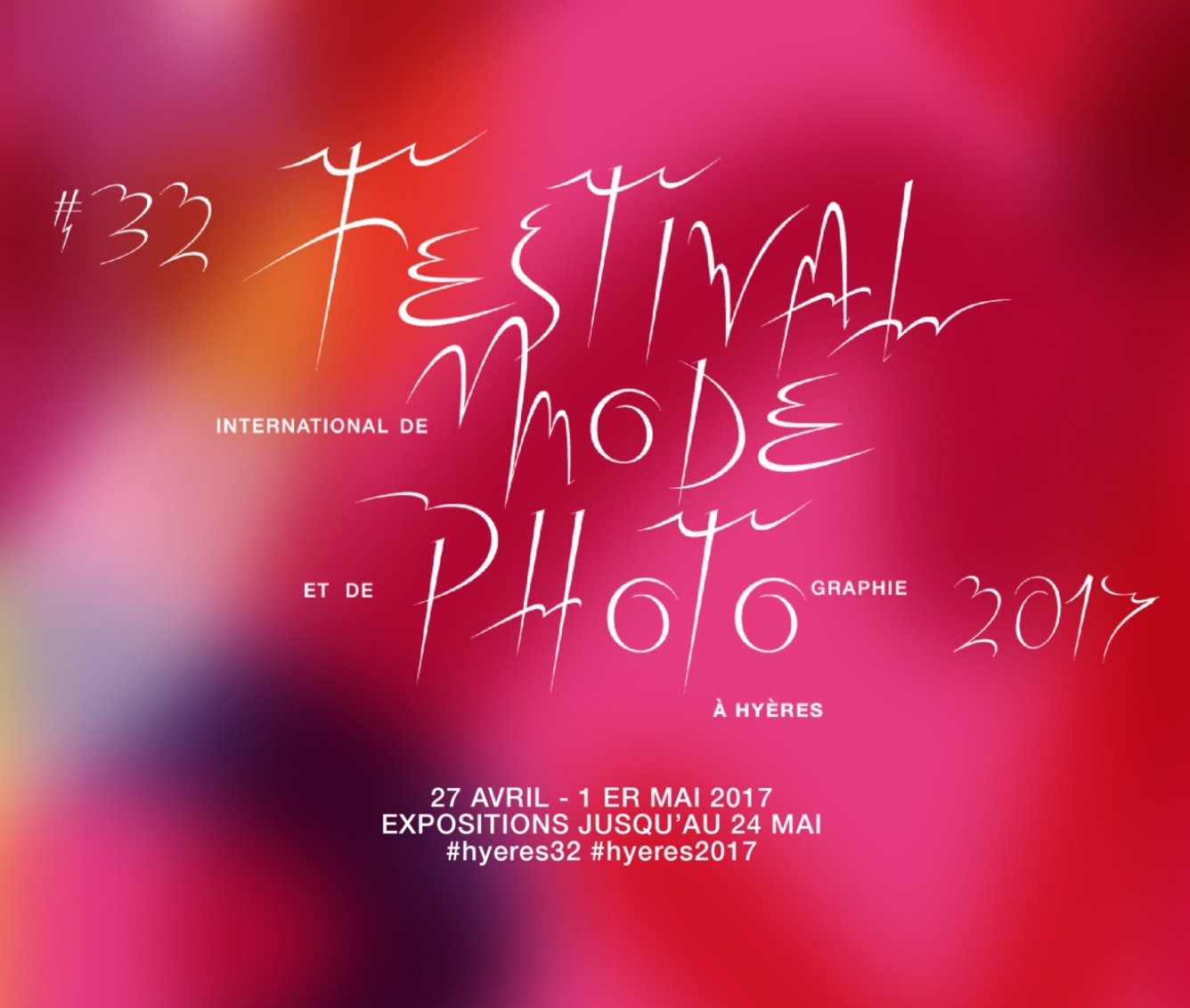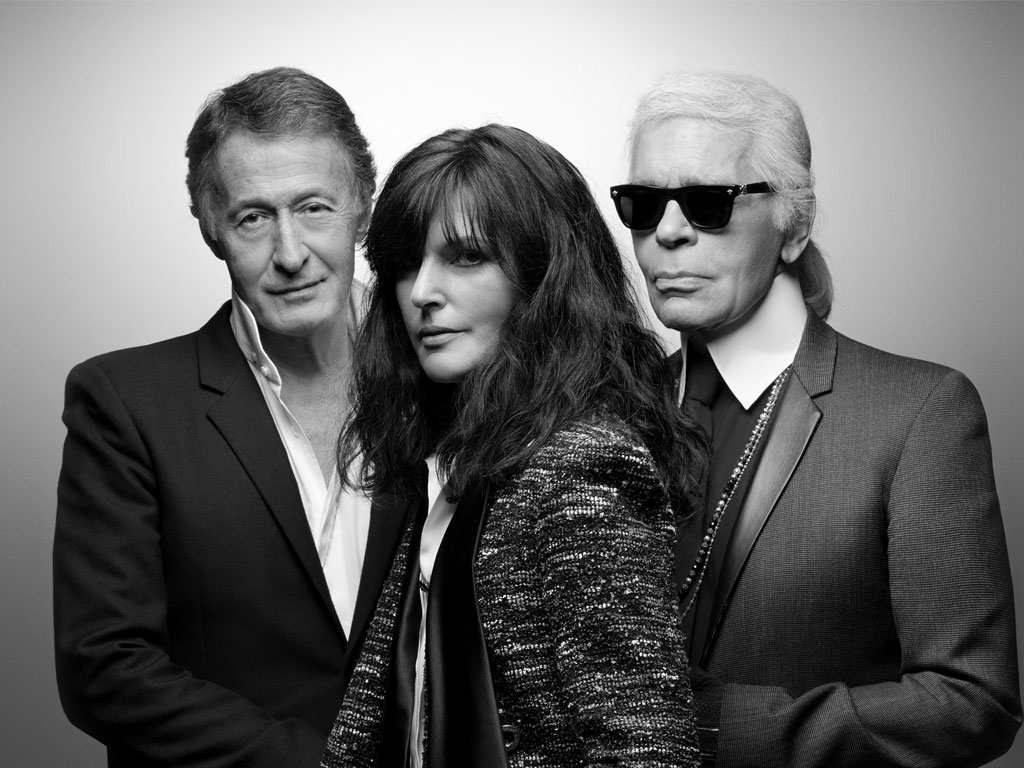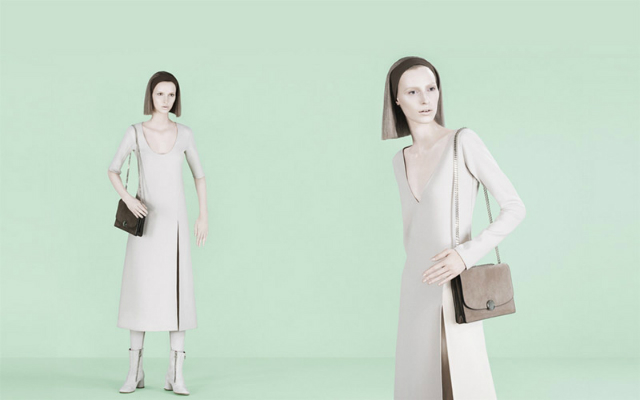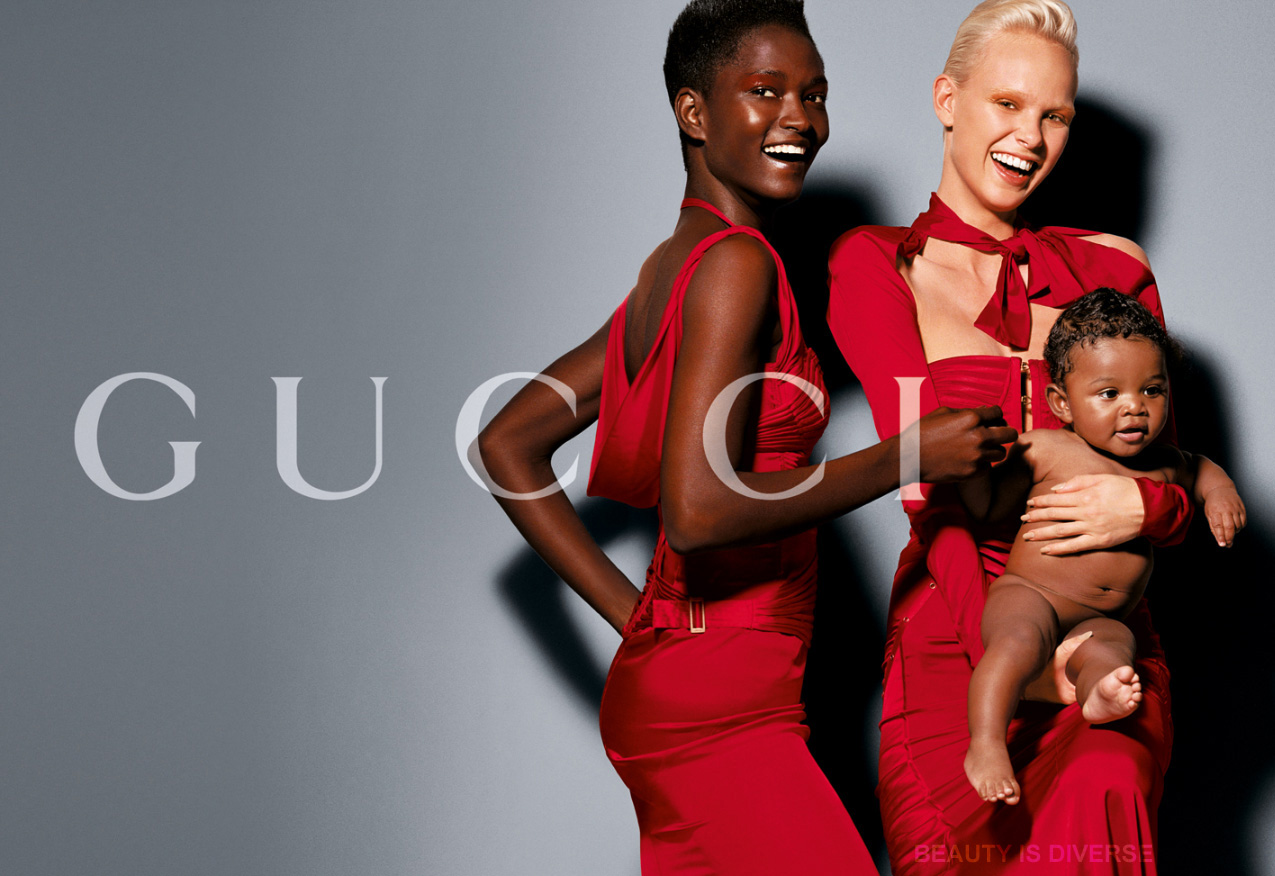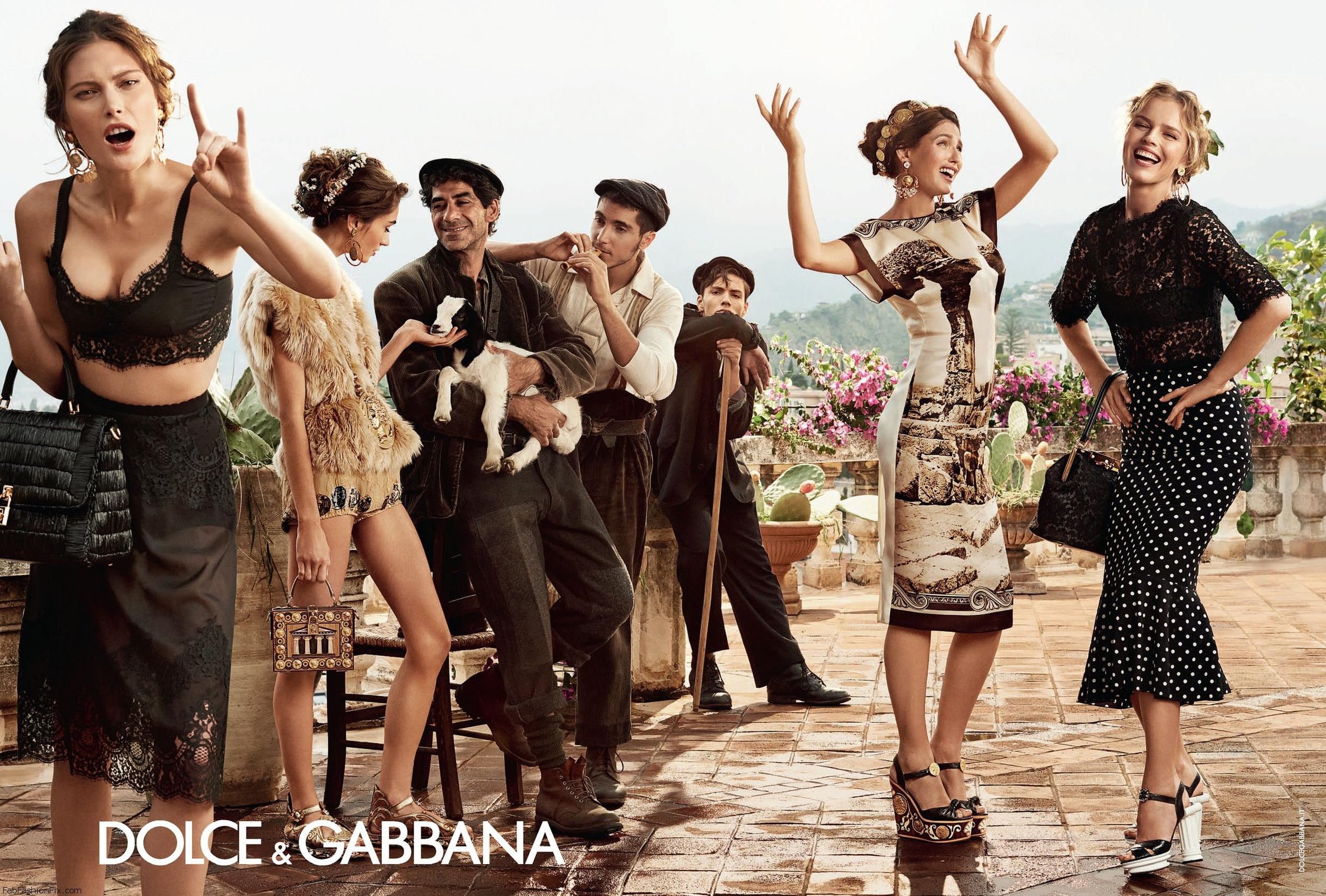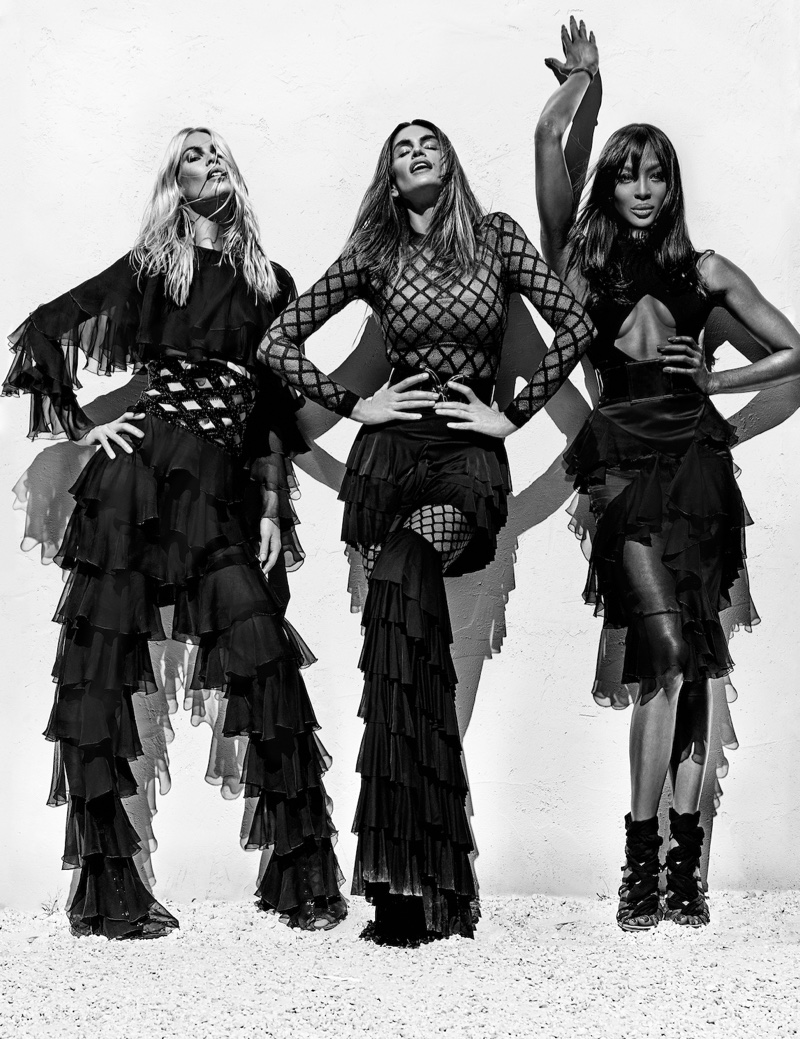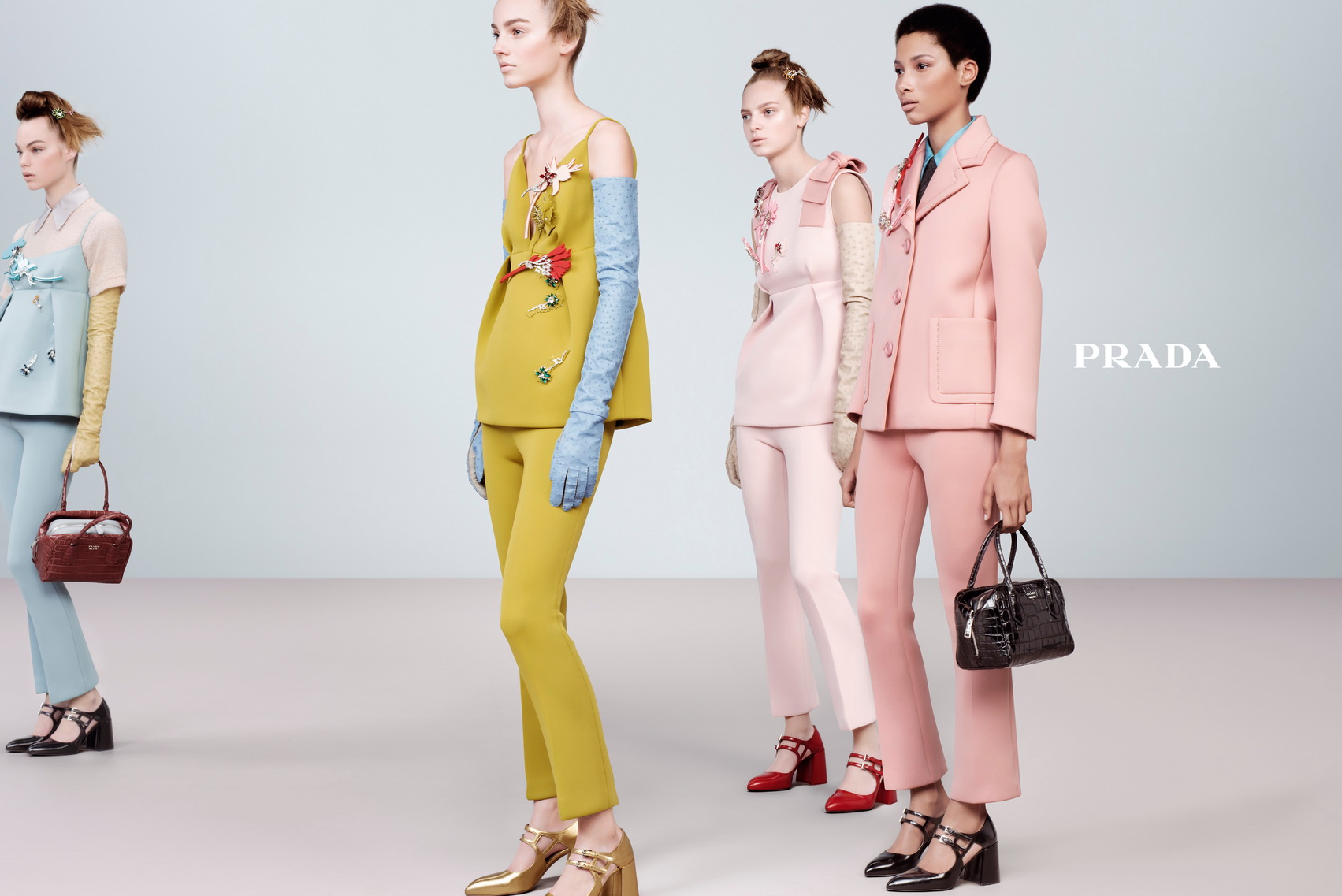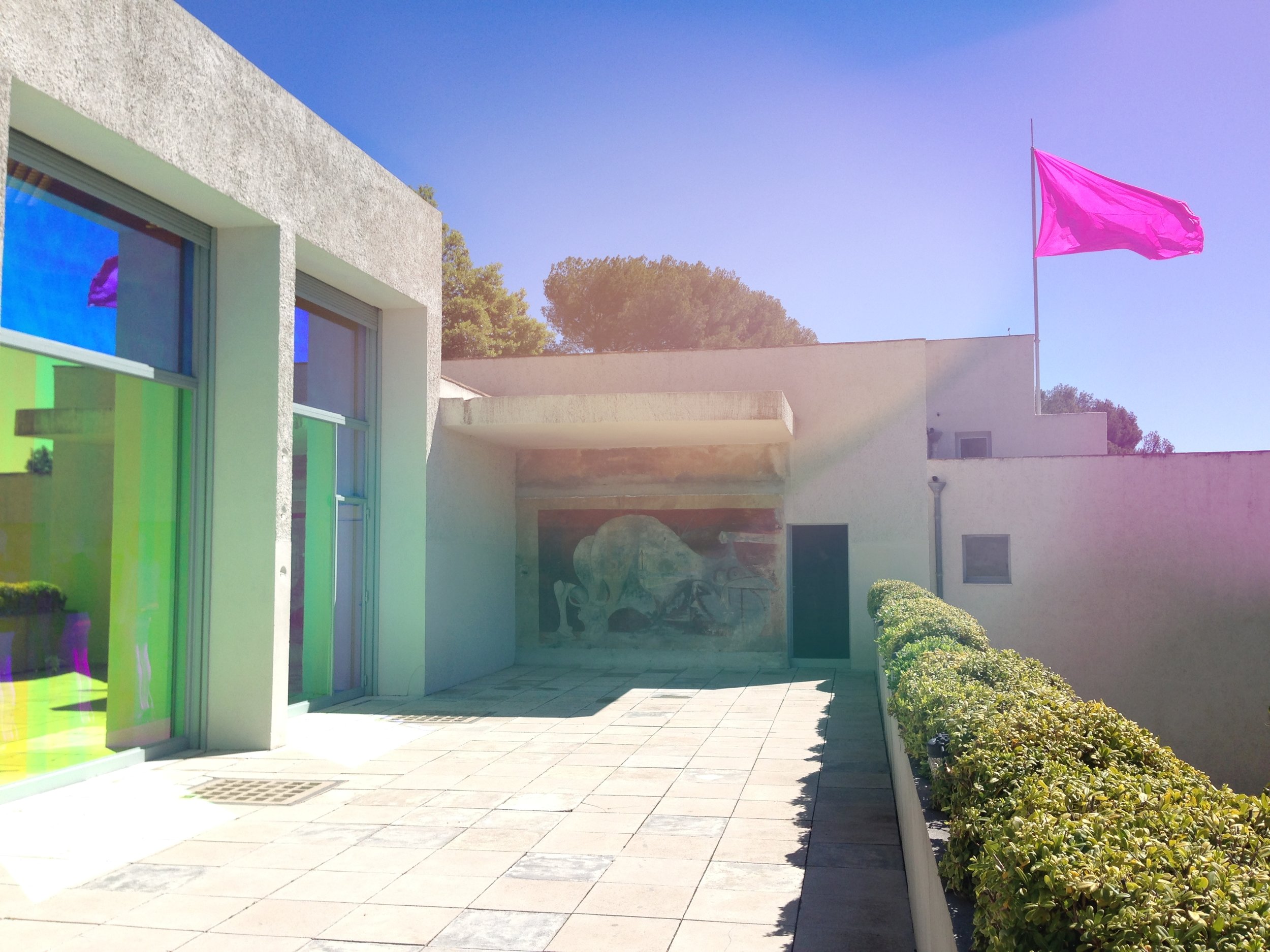
...I think that is the main success of the festival of Hyères - it might not keep to Swiss timing, but it brings people together in conversation (or on the dance floor of the Hippodrome) and isn't that really what it’s all about anyway?
Pulling into Hyères with the London College of Fashion team, I was immediately struck by the authentic allure of the town. The French coastal town radiated a charm you thought no longer existed in the 21st century - with wise old men reading their papers at the local cafe, prim ladies picking up their baguettes at the boulangerie. Kids with smiles on their faces buzzed around the town square performing wheelies on their bikes, naturally showing off among their classmates. The lush palm trees accompanied the long winding road, which snaked its way up to the the residential villas. The villas were so glamorous and proud, boasting an unobstructed view of the sleepy town and the deep blue of the Atlantic in the not too far distance. The landscape was peaceful and perfect - no more and no less. Coming from the hustle and bustle of London pulsing with electricity, Hyères felt like a welcome vacation not only for the body, but freedom for the mind.
With such an atmosphere of tranquility, it is hilarious that up on the eastern hillside is the modernist Villa Noailles: cultural centre for the The 32nd edition of the Hyères International Festival of Fashion and Photography. The festival attracts flamboyant fabulous fashion folk far and wide to celebrate the the new generation of creative talent and to discuss relevant themes affecting the fashion industry. I loved walking through the town and immediately spotting the “Fashion People” - given away not only by their bright pink name tags - but their exaggerated clothing silhouettes, the sharp tailoring, the effortless style, the subtle pout of the lips, and the iPhone in hand. Very serious people, for very serious business. As somewhat of a newbie, I follow the school of “fake it until you make it” although my effortless chic probably doesn't quite resonate as inside I am fangirling WOW! It’s Molly Goddard! WOW! It’s Bertrand Guyon! WOW! Its Pierre Hardy! *Stay cool*
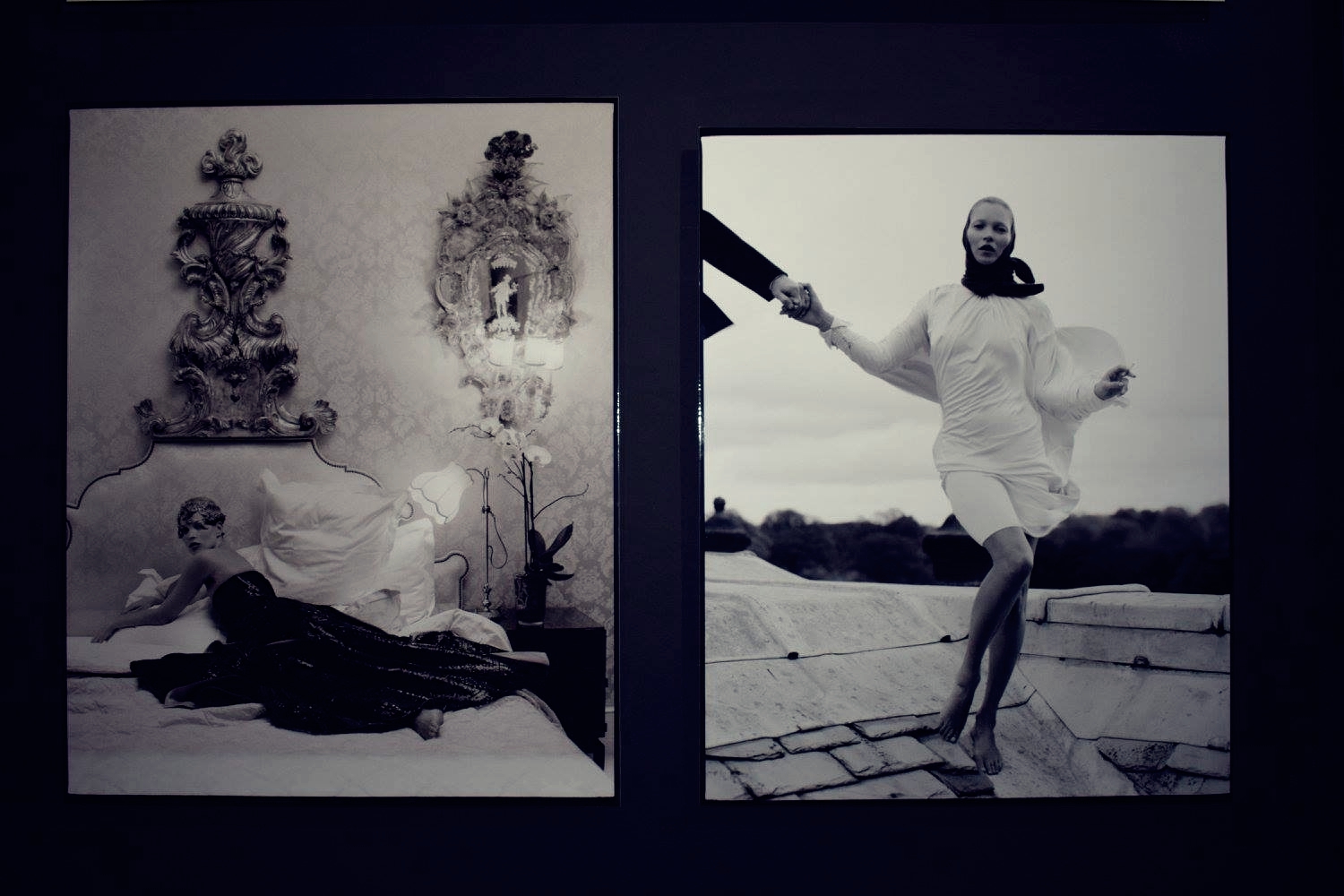
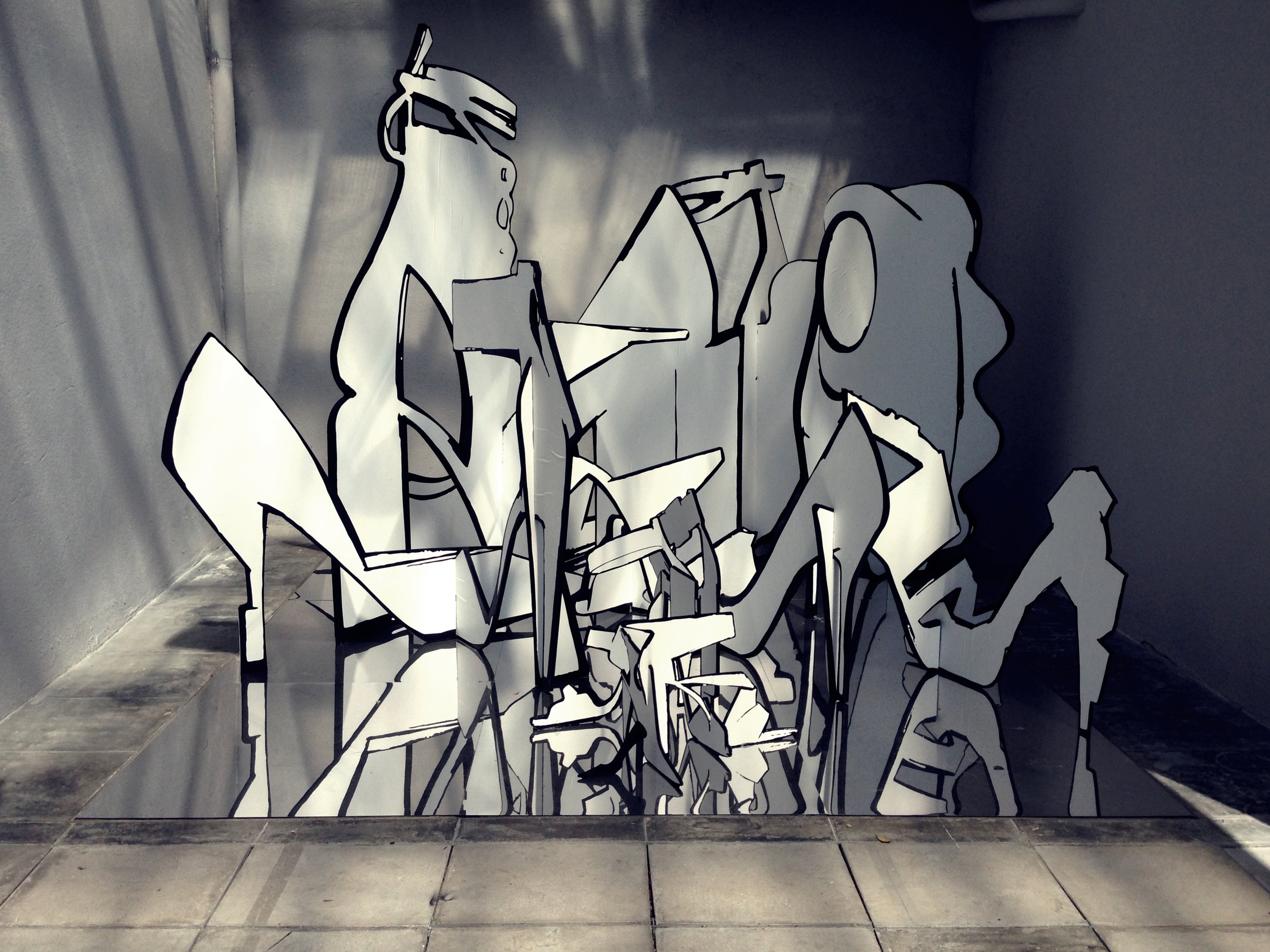
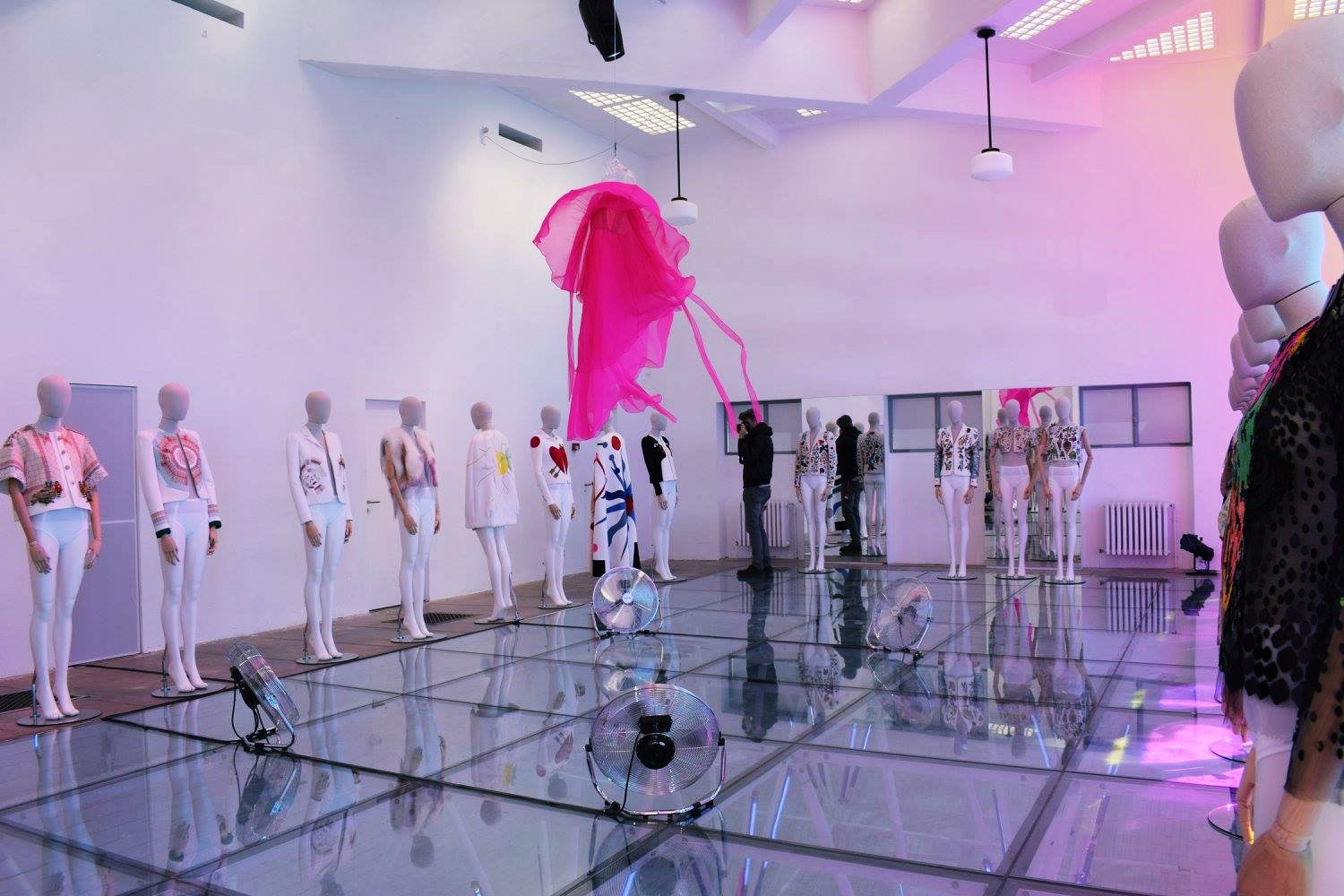



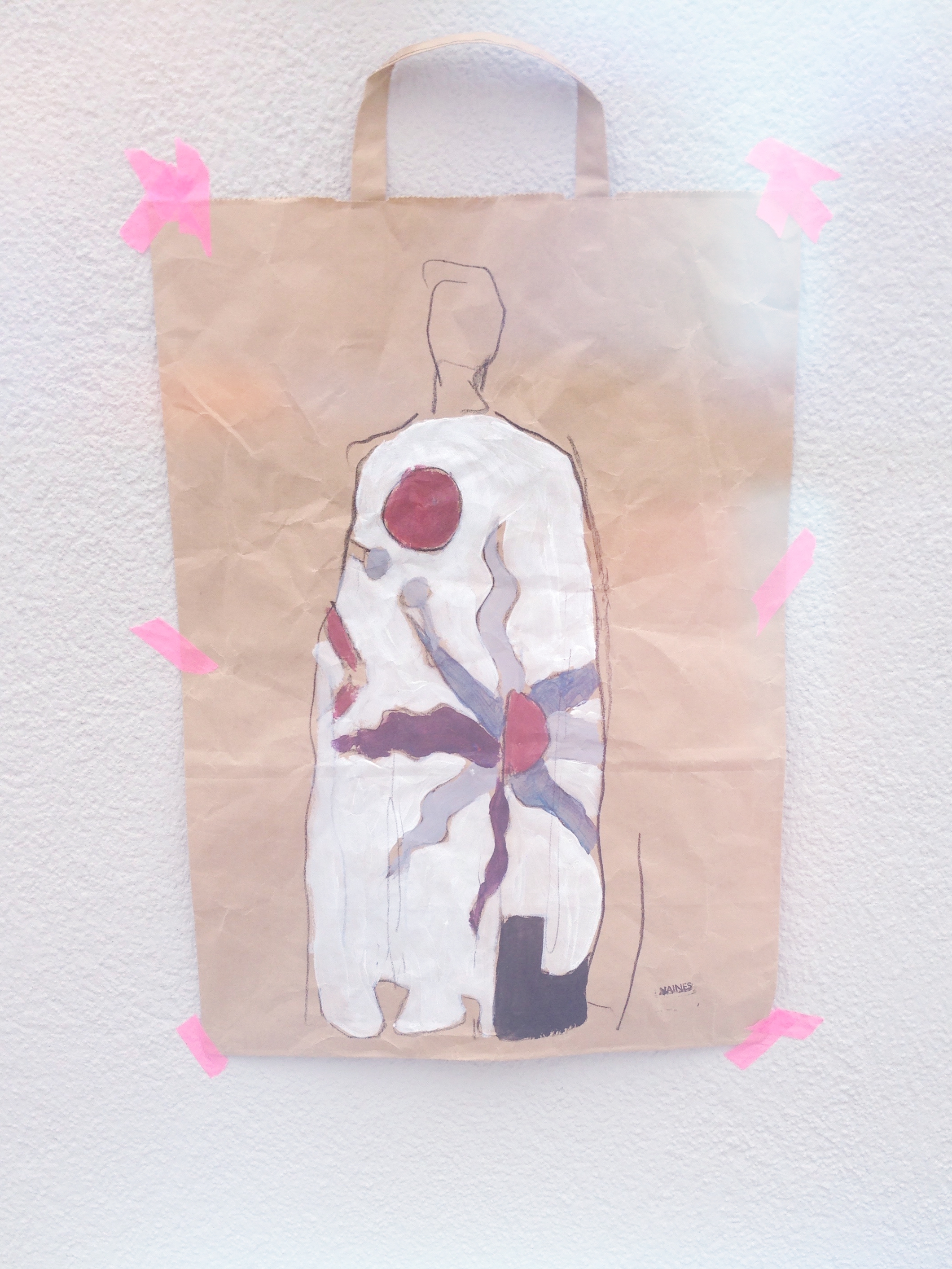
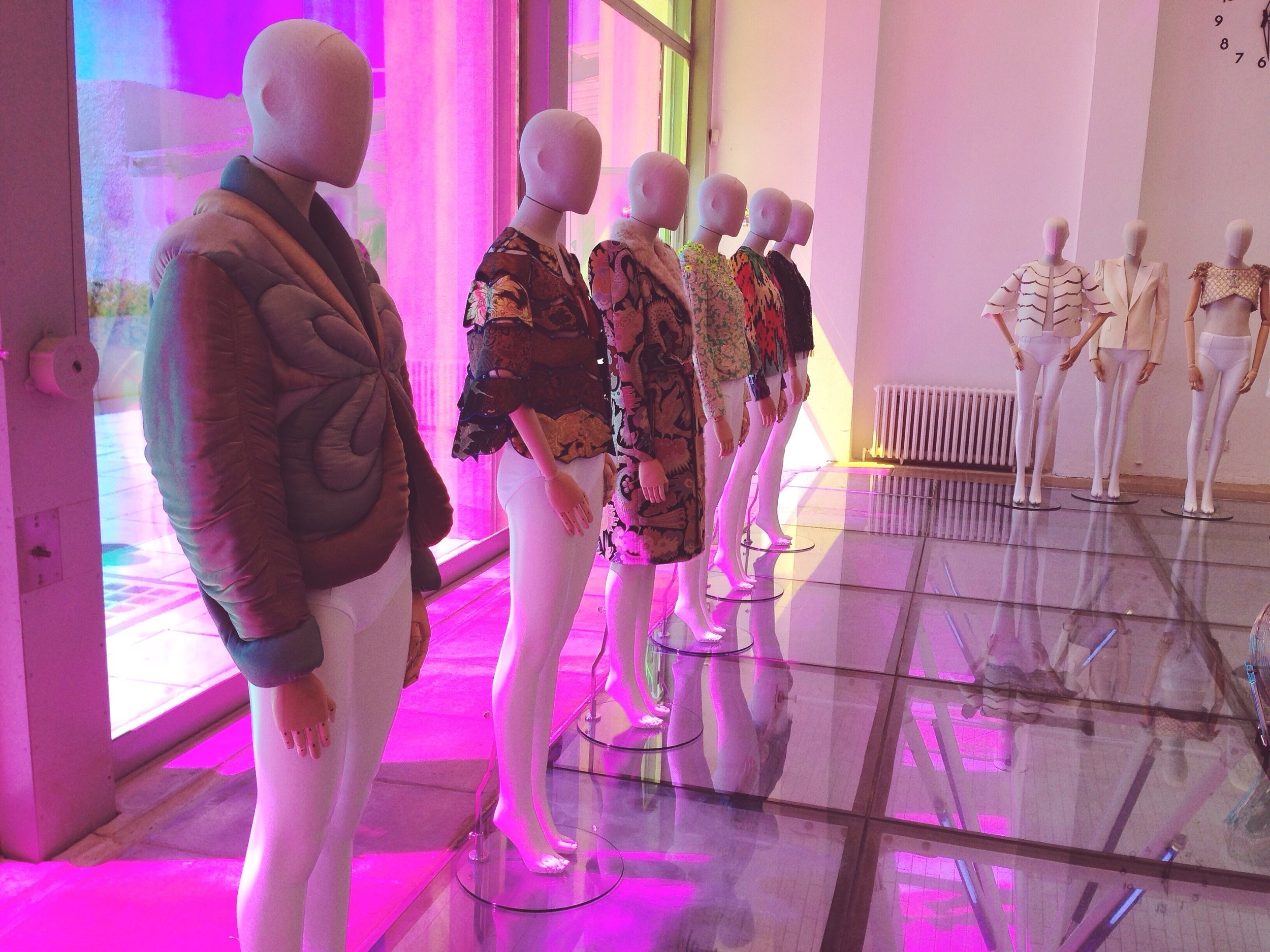

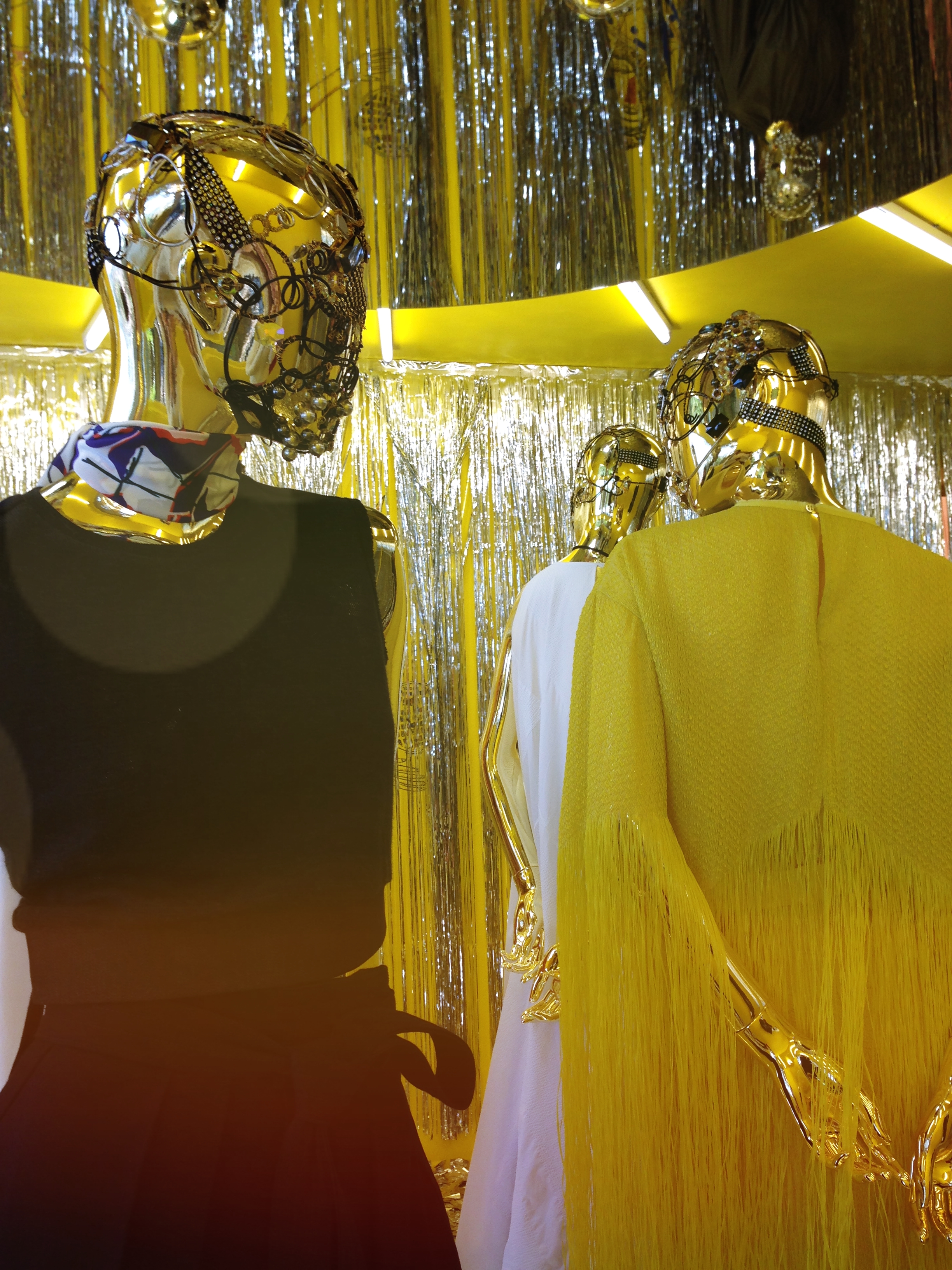
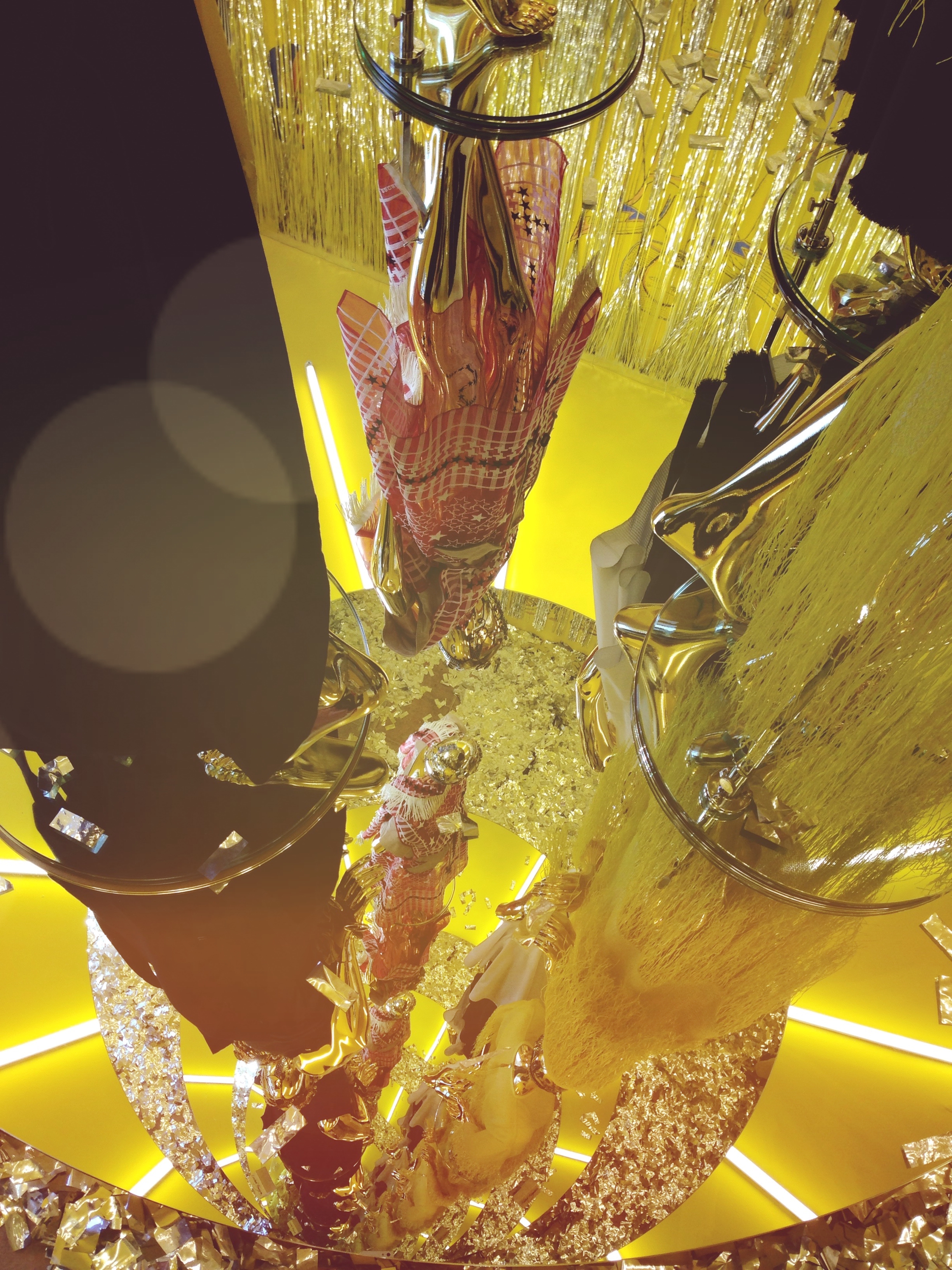
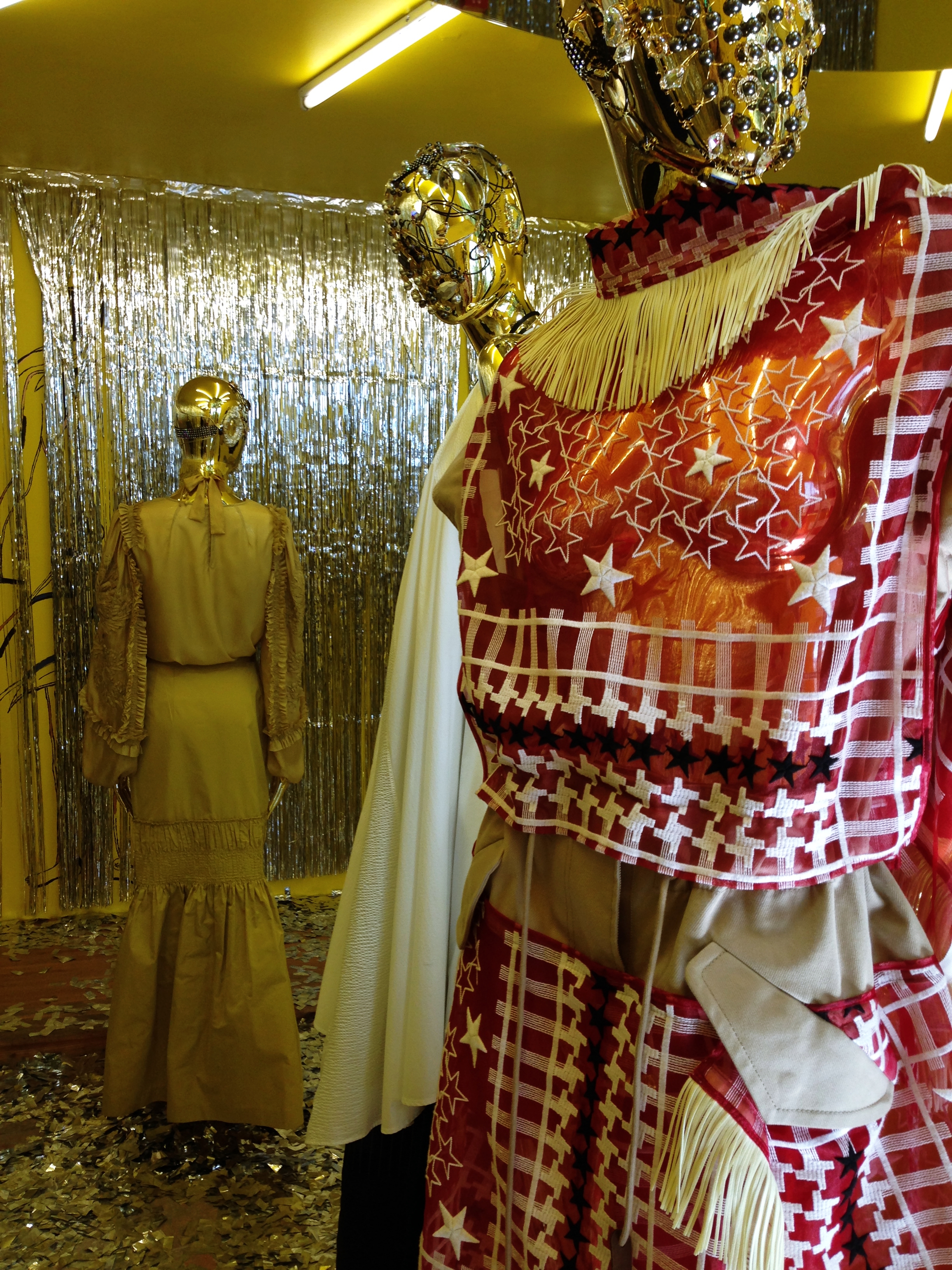

The festival which ran from April 27th - May 1st spoiled guests with beautifully expositions displaying talent from the leader of the photography jury Tim Walker, Nicolas Ouchenir, Jean Cocteau, Arno Bani, and my personal highlight - pieces from the House of Schiaparelli. The Schiaparelli influence was found all over the festival thanks to details of shocking pink and a quirky, surrealist energy. Being able to interact with Schiaparelli couture was a rare treat of finding new embroidery details, elevating your appreciation for the craft which goes into each piece. How impressive that her creative vision still is so prominent and influential even today in 2017 - hence a creative director such as Bertrand Guyon has such a special responsibility with keeping that legacy alive. Not only were there exhibitions to see, but also hands-on workshops such as doing embroidery with Maison Lesage, flower compositions with Christian Tortu, or jewellery making with Xenia Laffély.
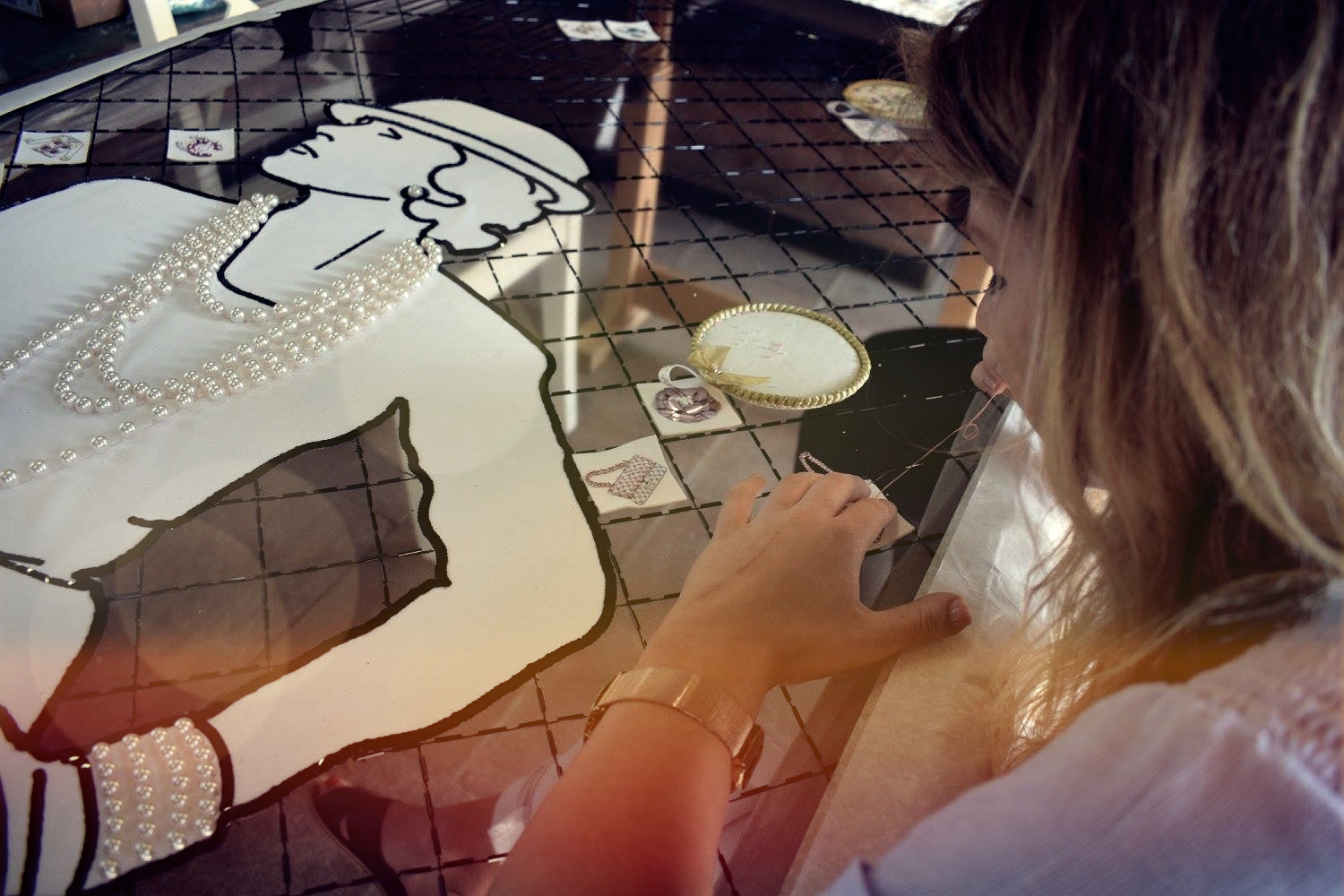

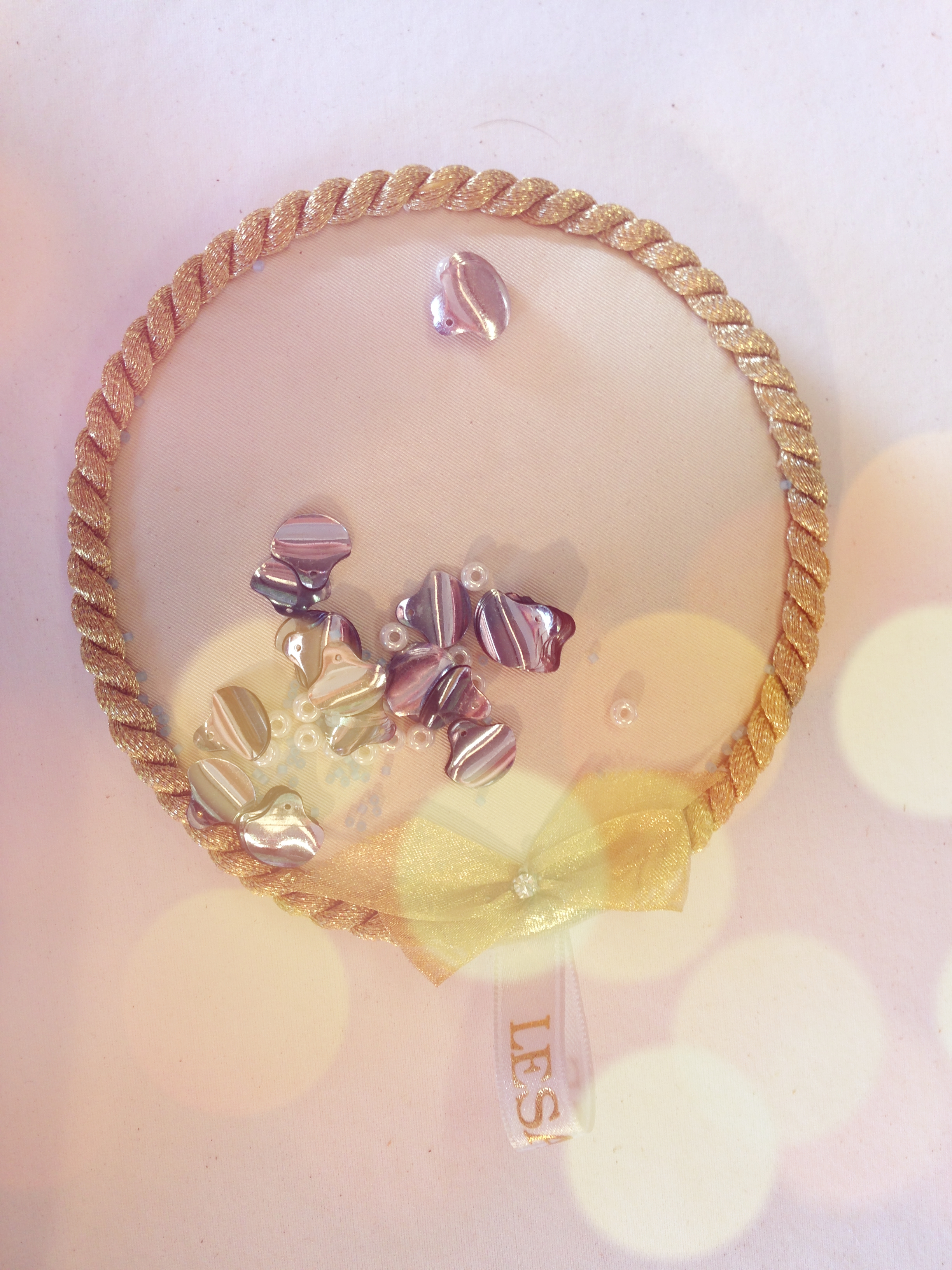
Taking part in the Maison Lesage workshop, I sat together with 6 other “students of embroidery” from all walks of life, sewing together beads in the shape of classic Chanel motifs (camellias, handbags, little jackets, hats, the double C logo) onto a large stretch of nylon sheer. It was so soothing concentrating on your own delicate embroidery as well as rewarding to see your collective efforts come together as a whole. Some have argued that what makes us human is the handiwork, and I must admit, it was a worthwhile experience inviting more gratitude for the petite mains and how we must preserve these truly human practices.
The festival was a melting pot of creatives, students, and professionals - all very different - but all with a fierce passion to belong and contribute to a sector they love. The diversity of cultures and minds encouraged open discussions bringing about questions and comments on the Future of Fashion. As in many organisations, political systems, industries, we find ourselves at a tipping point with many changes coinciding and fogging up the vision with how to move forward. Two major themes included the relationship between technology and fashion and the state of Europe and future of creativity - both topics worthy of much more exploration (I hereby promise to write an article on both ASAP!!).
However in summary, there was a strong divide between the fashion romantics and the tech pioneers with not much exchange in the middle. My romantic heart ached when one of the engineers explained the development of a big data database or “The Shazaam of Fashion” where any fashion designer can look up any images and any inspiration when creating a collection. Bradly Dunn Klerks director of Iris Van Herpen (A luxury label known for using 3d printing techniques) said NO! He argued, as a designer one must feel, explore, travel, go outside, not just look at a database. Some of my colleagues from LCF believed his vision was outdated. While technology is moving forward and we cannot deny that, high technology does not need to be involved in all parts of life. Emphasising human craftsmanship does not make you a dinosaur and narrow-minded. Again like in politics, an open minded, empathetic conversation within Fashion x Technology is missing.
Regarding Europe’s future creativity, Simone Marchetti renowned journalist for La Republica felt optimistic and I don't think his point could have been better proven than the display of ambition and talent summoned through the finalists in photography, accessory design, and fashion.
The Winners
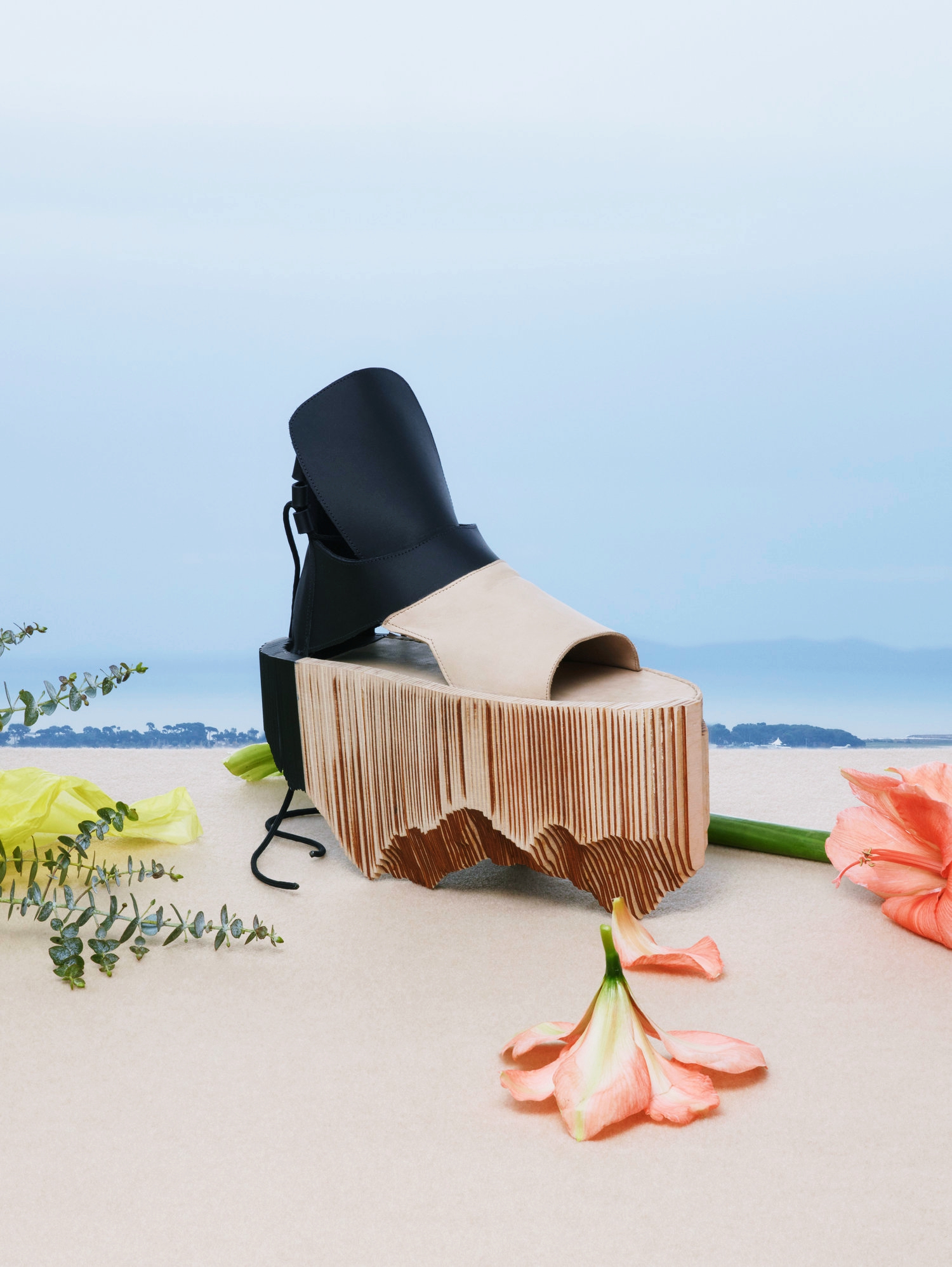
The winner of the festival’s first Swarovski Prize for accessories (€15,000) is designer Marina Chedel of Switzerland who presented an avant-garde shoe collection rightfully named “Over the Peak.” Inspired by the structure and summits of the Swiss Alps, Chedel delivered a collection which connects the organic, rocky feeling of the mountains to the middle of an urban town. She draws a link from the mythical creature called a Dahu, a type of chimera which has one leg shorter than the other, which symbolises a physical connection with nature even from a saturated metropolis.
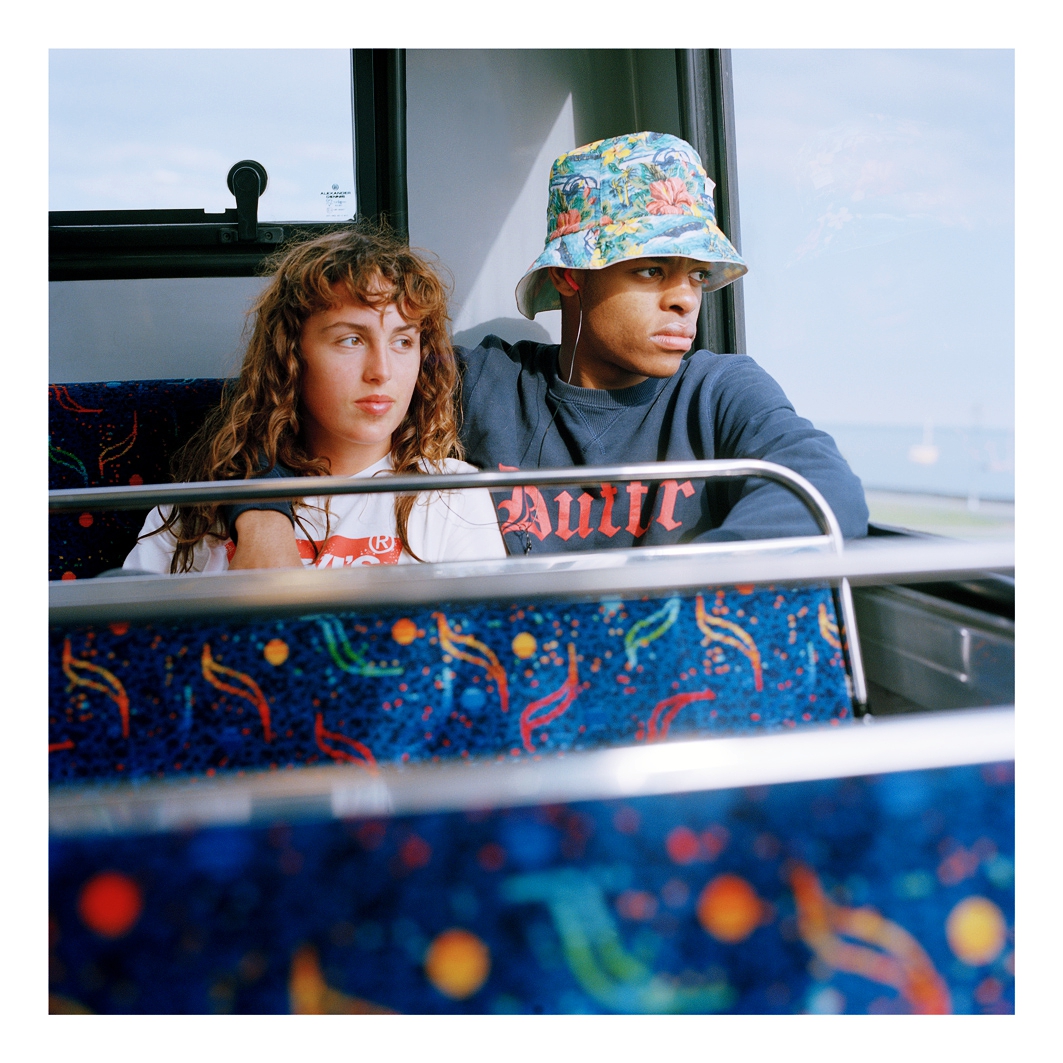
For photography, the Grand Prize of €15,000 from Chanel and €5,000 of lab services from Janvier goes to Irish Daragh Soden. Soden’s work is called Young Dubliners.
“Young Dubliners is a celebration of the unique character of a city’s youth; the city I grew up in: Dublin. During a time of economic struggle in Ireland, a housing shortage in Dublin, and austerity measures squeezing public services and domestic budgets, the young people of Ireland’s capital are championed in empowering portraits as they make the transition to adulthood.”

It was Vanessa Schindler (SWITZERLAND) who won this year’s prestigious Première Vision Grand Prize as well as the Public and City of Hyères Award. Schindler, a graduate from the Geneva University of Art and Design, experimented with alternative textiles and materials such as the liquid polymer urethane. When mixed with textile fibres, the urethane brings shiny, molten results, with no need for stitching. I found this mix of materials especially exciting - being very soft, oily, slimy, sticky and hence quite carnal and raw to the senses. She explains her work is about “frozen liquidity,” which aids in creating new conceptions and constructions of clothes. The silhouettes are sophisticated and ooze luxury, with some parallels with Vetements Spring 2016 collection (such as the velour purple dress).
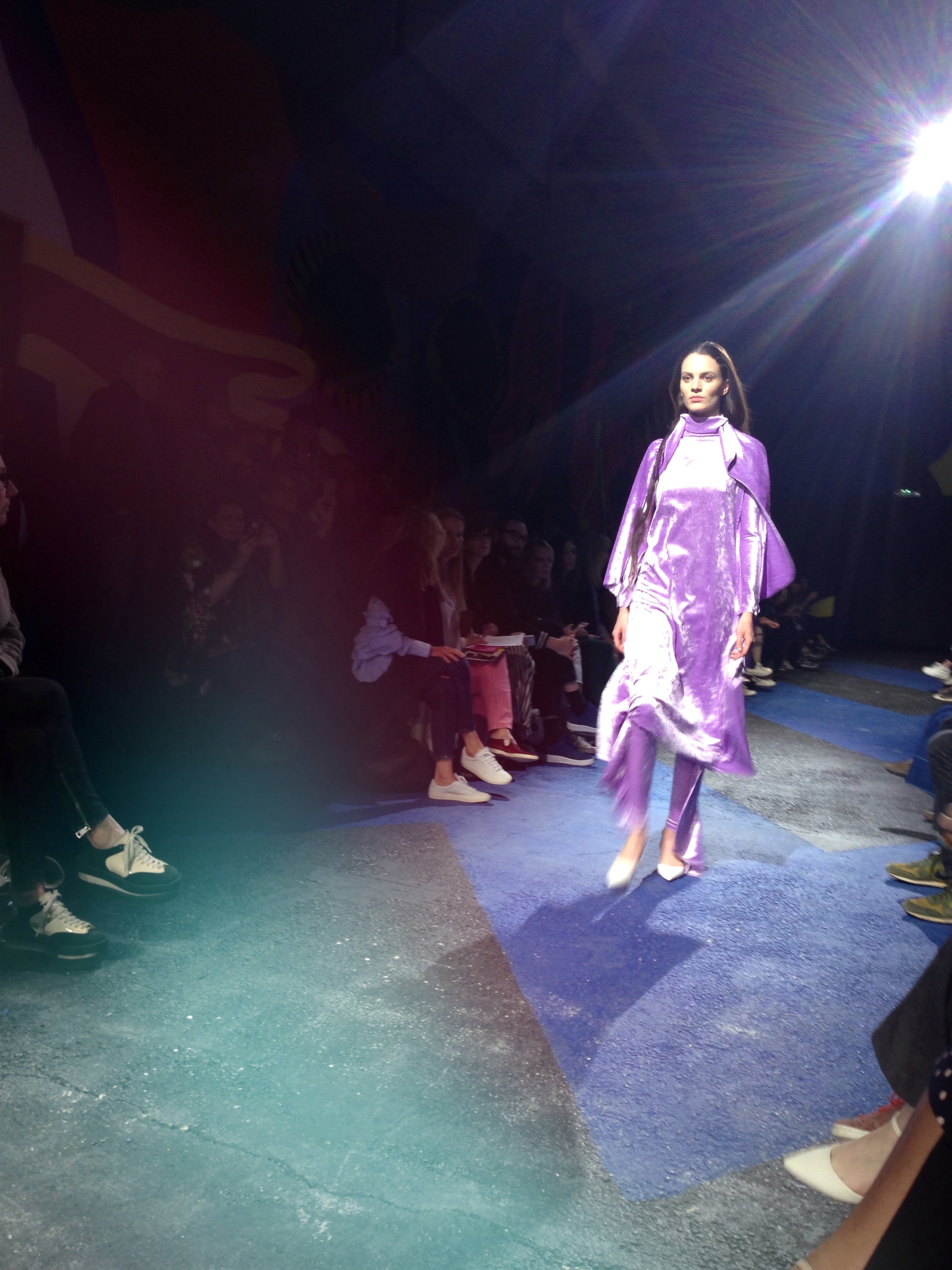
Vanessa Schindler (I rated a 3.5/5)
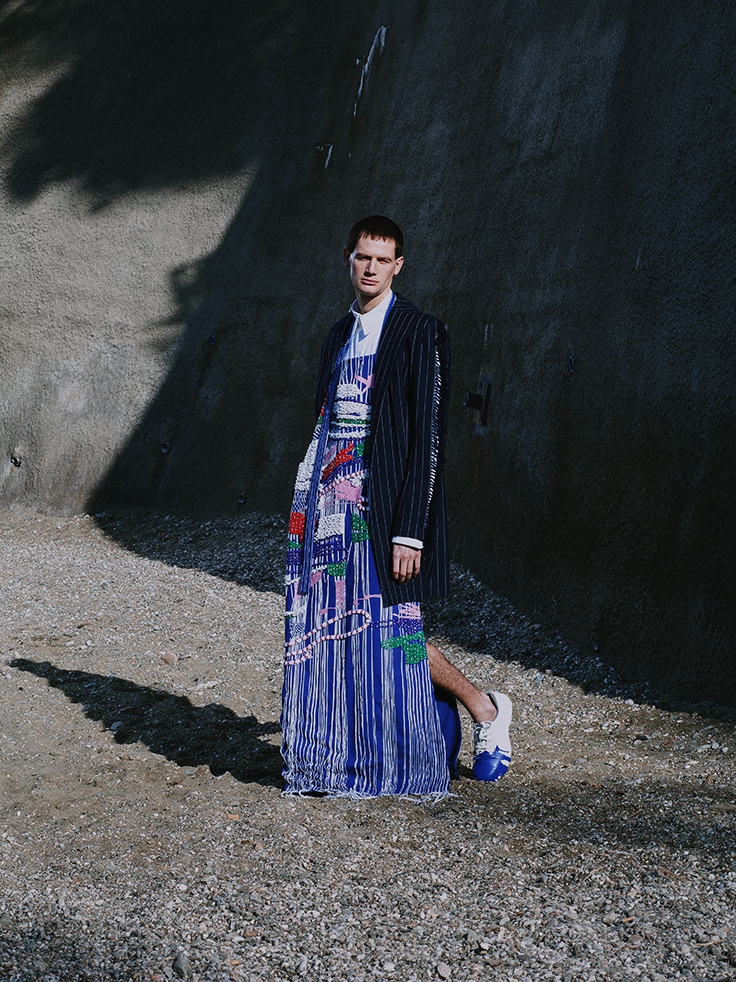
Gesine Försterling (GERMANY) delivered an exceptional menswear collection which played off the notion that a man is defined by his profession, often interpreted by the clothes he is wearing. Today, one can’t just guess someone’s profession by their clothes, as being out of work is just as likely. Thus, Försterling argues fashion codes are no longer professional reference points and has chosen to blur uniforms to adapt to this new economic environment. Försterling reinterpreted traditional workers’ clothes of aprons, dungarees, shirt fronts and suit jackets as well as classical work fabrics — denim, twill, thick cotton toile, wool broadcloth — and reassigned them to unexpected items using handmade and industrial methods.
Her careful embroidery of pearls, sequins, and threads added embellishment to these fabrics and blurred the lines between masculine, feminine and high low. Each silhouette - some resembling ponchos, some Arabian thawbs - helps man escapes from all stereotypes, even with truly beautiful clothes. I am glad Försterling won the €15,000 Chloé Prize and look forward to her work in the future.
Gesine Försterling (I ranked a 4/5)
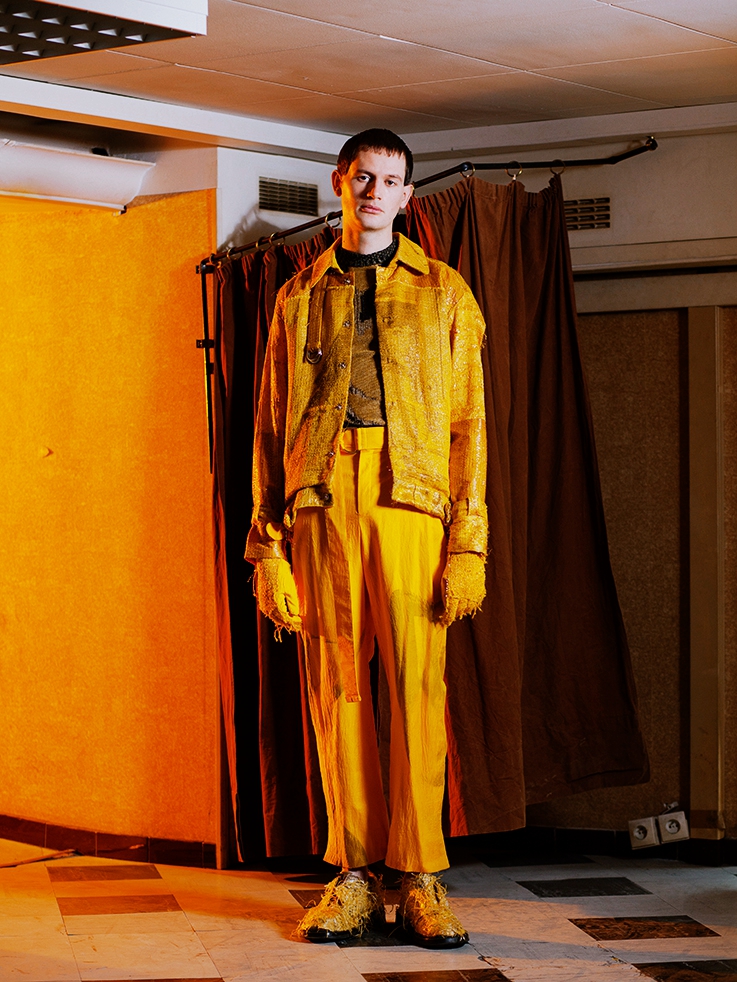
Maria Korkeila (FINLAND) won an honourable mention award from the jury for her “Under Wraps” menswear collection, with a €10,000 grant from Schiaparelli. Korkeila also presented a rich menswear collection with great detail and embroidery as well as Schiaparelli approved trompe l'oeil. Her psychedelic collection was drawn from flirtatious icons of the 1970s resulting in an atmosphere which was funky, a bit rock and roll and plain fun. Provocative imagery (typical Playboy imagery) was plastered upon the chests of the male models, all swatches of dated (but feel good) colours of golden yellows, tea browns, and chocolates.
The models wore skin tight sweaters decorated with images of female busts in jacquard sewn onto tulle fabric which revealed their own masculine anatomy. These improper images (one probably wouldn't wear this to a dinner at your girlfriend’s parent’s house) are in some shape or form part of each piece, partially hiding the wearer’s flesh, thanks to layers of orange plastic. Korkeila places this “cheesy” hyper sexualised imagery upon male billboards, who essentially become the prop for their very own fantasies.
Maria Korkeila (I ranked a 3.95/5)
The influences of Balenciaga and Vetements were running inspirations through all of the finalists work. Jaquemus also seemed to be a reference point for the New Zealand designer Herminone Flyn who also reinterpreted work wear and suits for an avant grade approach. Flyn offered a classic trench (within a trench, within a trench) which was immaculately tailored and looked worthy for a Margiela runway. Another stand out piece was the technicolor dream coat by Danial Aitouganov. An overarching theme linking the collections together would be careful deconstruction and repurposing classic pieces such as suits, shirts, jackets into something new.
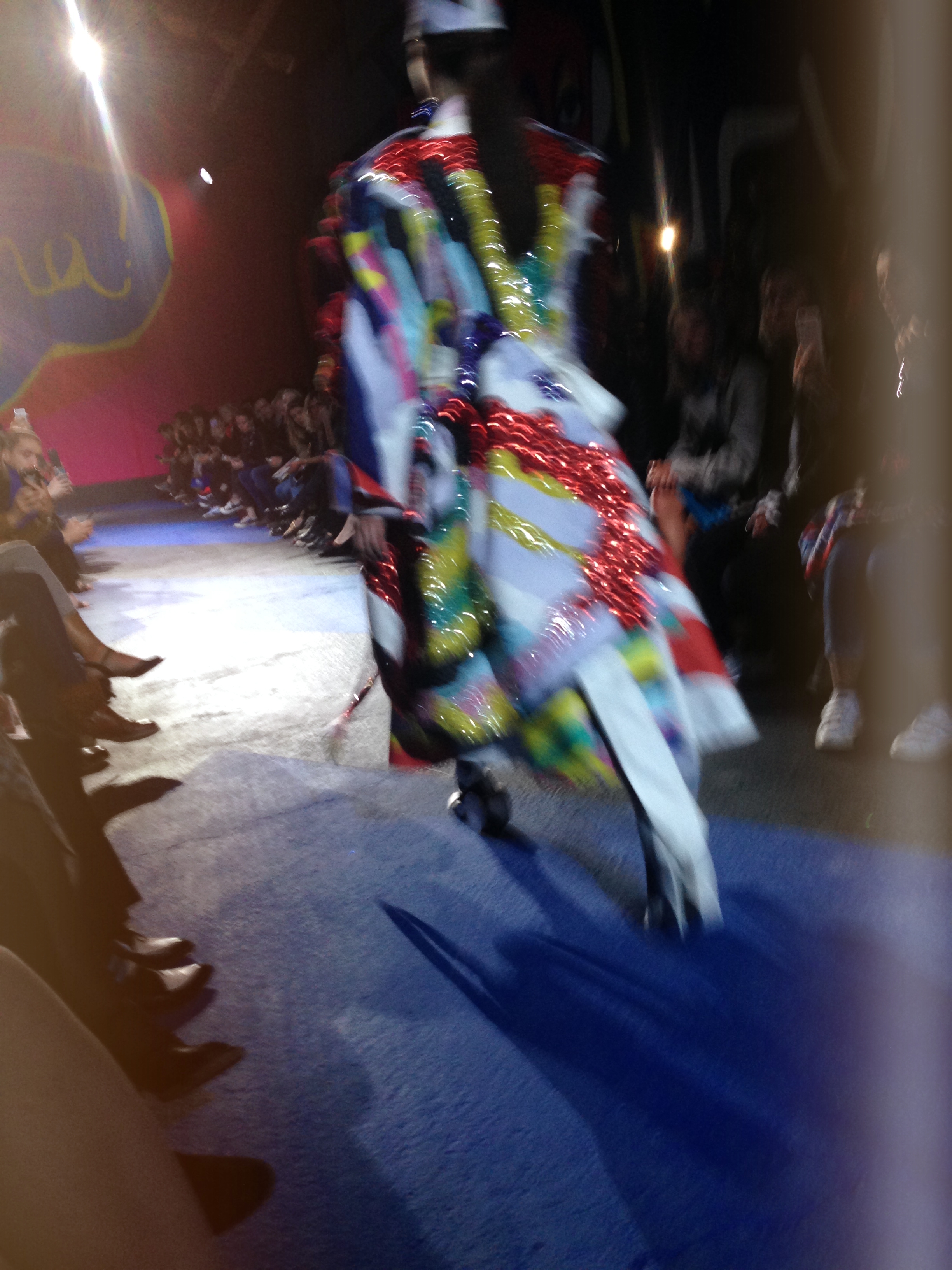 [embed]https://www.instagram.com/p/BTm2hWSjEhp/?taken-by=wataru_tominaga[/embed]
[embed]https://www.instagram.com/p/BTm2hWSjEhp/?taken-by=wataru_tominaga[/embed]
Wataru Tominaga winner of last year’s Grand Prix du jury Première Vision 2016 closed the fashion show with his second collection, created with the help of Chanel Métiers d’Art: Lesage Embroideries and Lognon Plissés. Thanks to loud colours and daisy motifs I believe Tominaga presented the perfect finale as it embraced the spirit of youth- which in itself invites elements of naivety, optimism, energy, and bright eyed wonder. The neon colour palate brought a zap of energy and emphasised the quest for the new and fresh. Tominaga incorporated tassels and climbing rope most commonly used for hiking journeys, onto kilts and sweatshirts, bringing about a sense of adventure. Here’s to all Hyères Finalists climbing onwards and upwards: Embrace the ride kids.
[embed]https://www.instagram.com/p/BThmaK1Fj5u/?taken-by=modernmelange[/embed]
As somewhat of a kid myself, paving my own path within fashion, it is a thrill to be part of the “next generation” bringing new ideas to the table, and contributing to the evolving nature of the industry. If there is a main takeaway from the festival, I would say one cannot undervalue exchange – culturally or intellectually. Being able to speak to so many great minds and hear conflicting opinions and having the empathy to understand a different view is essential in moving forward. I think that is the main success of the festival of Hyères – it might not keep to Swiss timing, but it brings people together in conversation (or on the dance floor of the Hippodrome) and isn’t that really what it’s all about anyway?

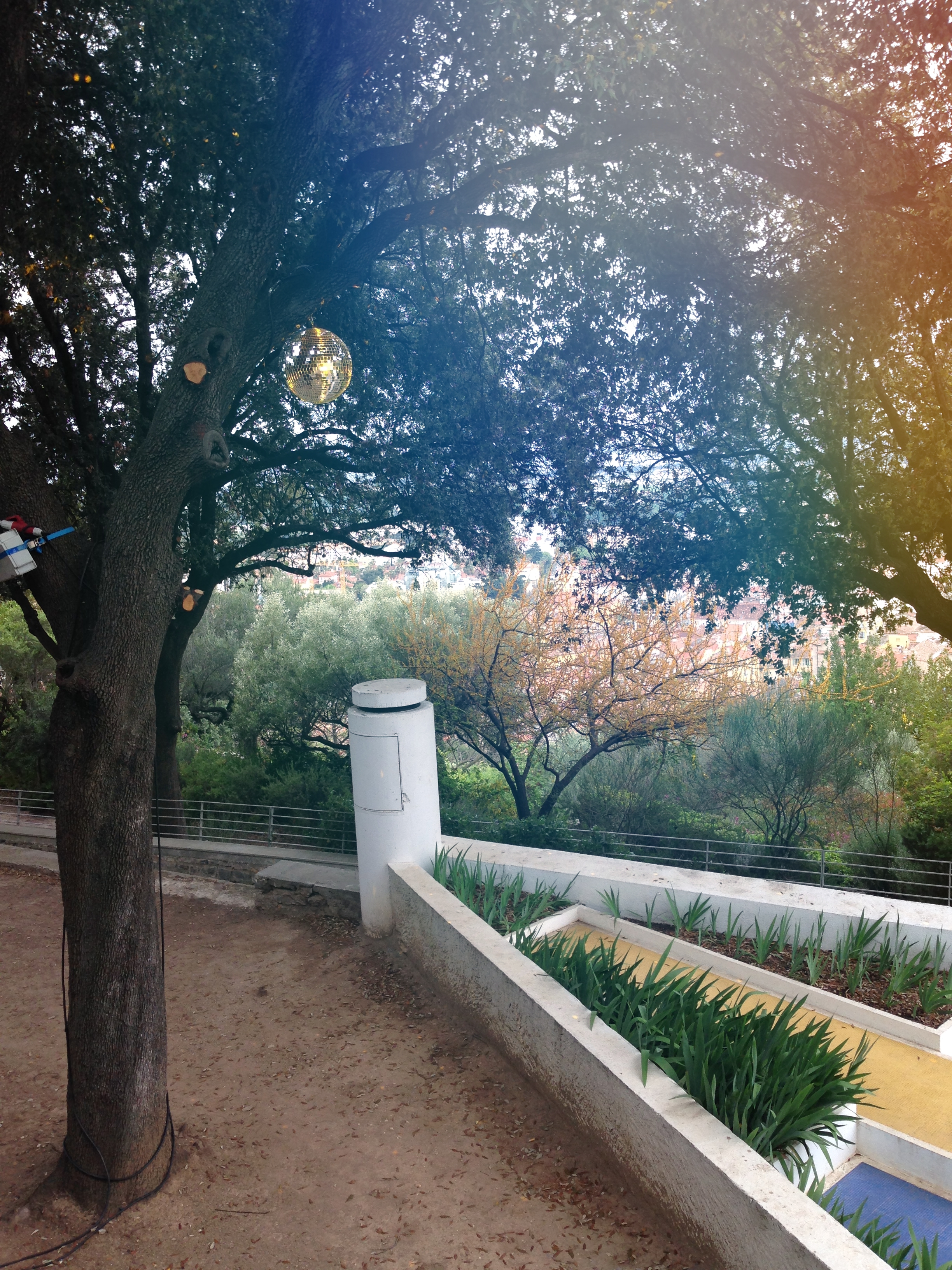
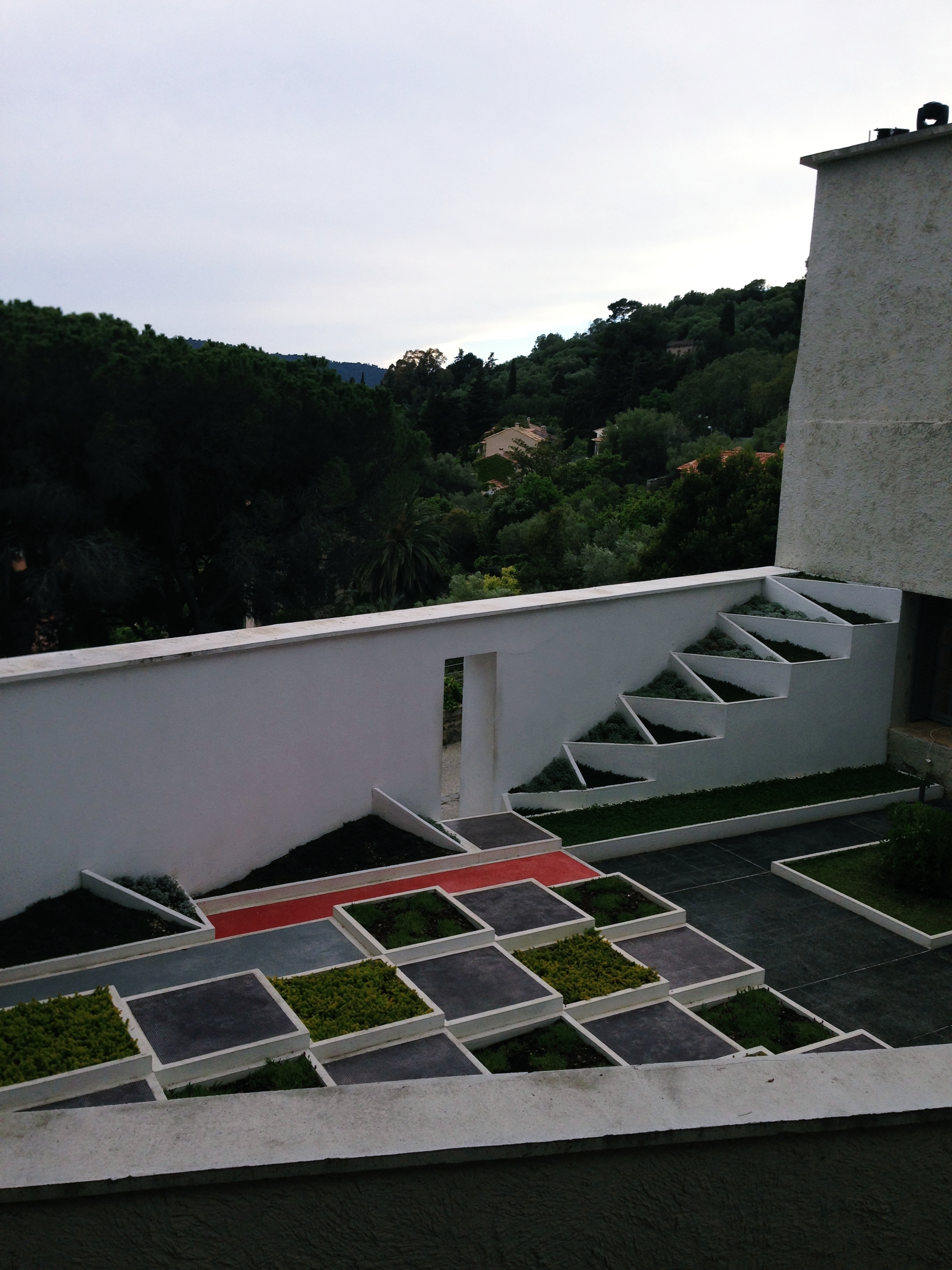



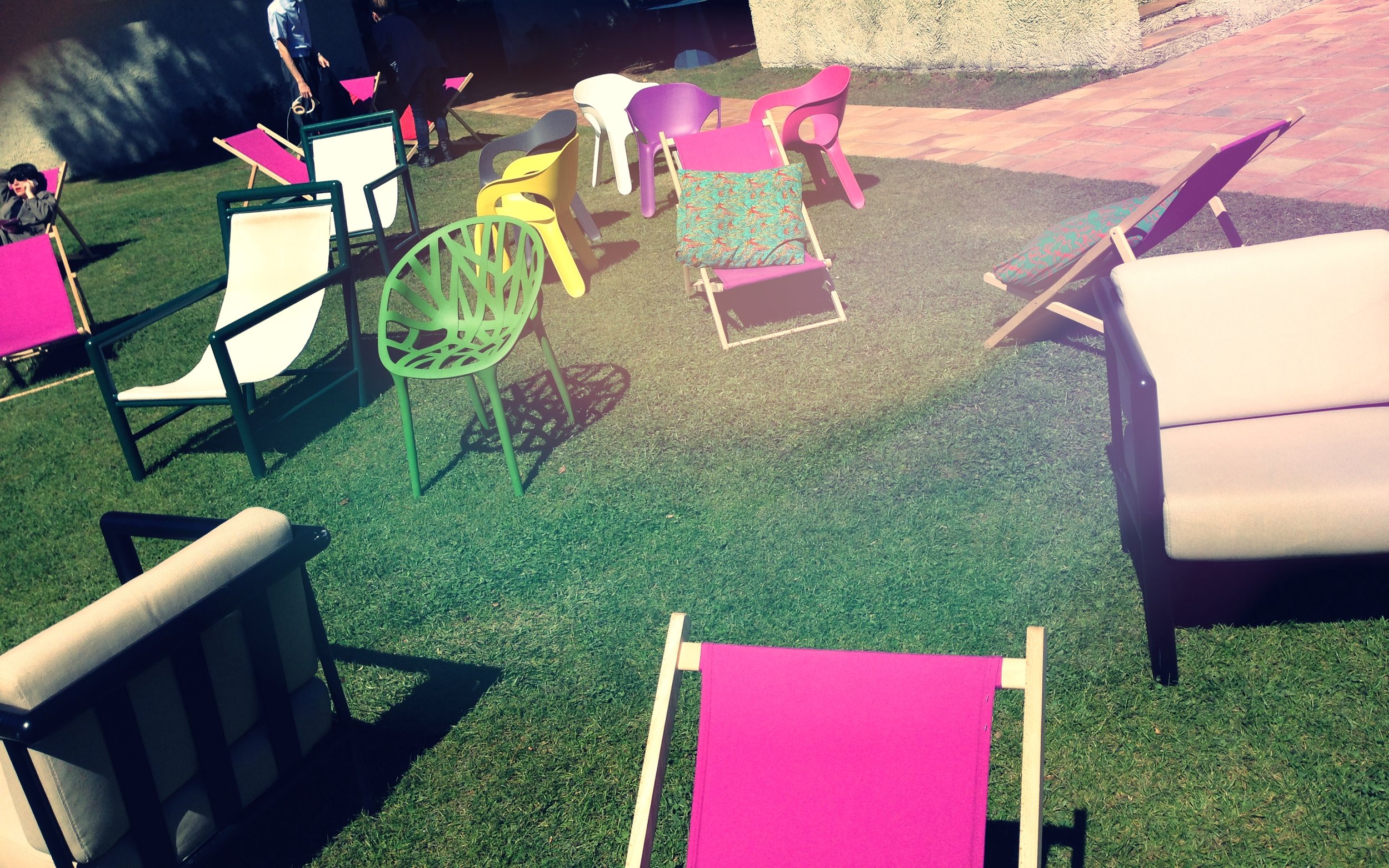 *Photos by Lucy Staartjes and author's own
*Photos by Lucy Staartjes and author's own
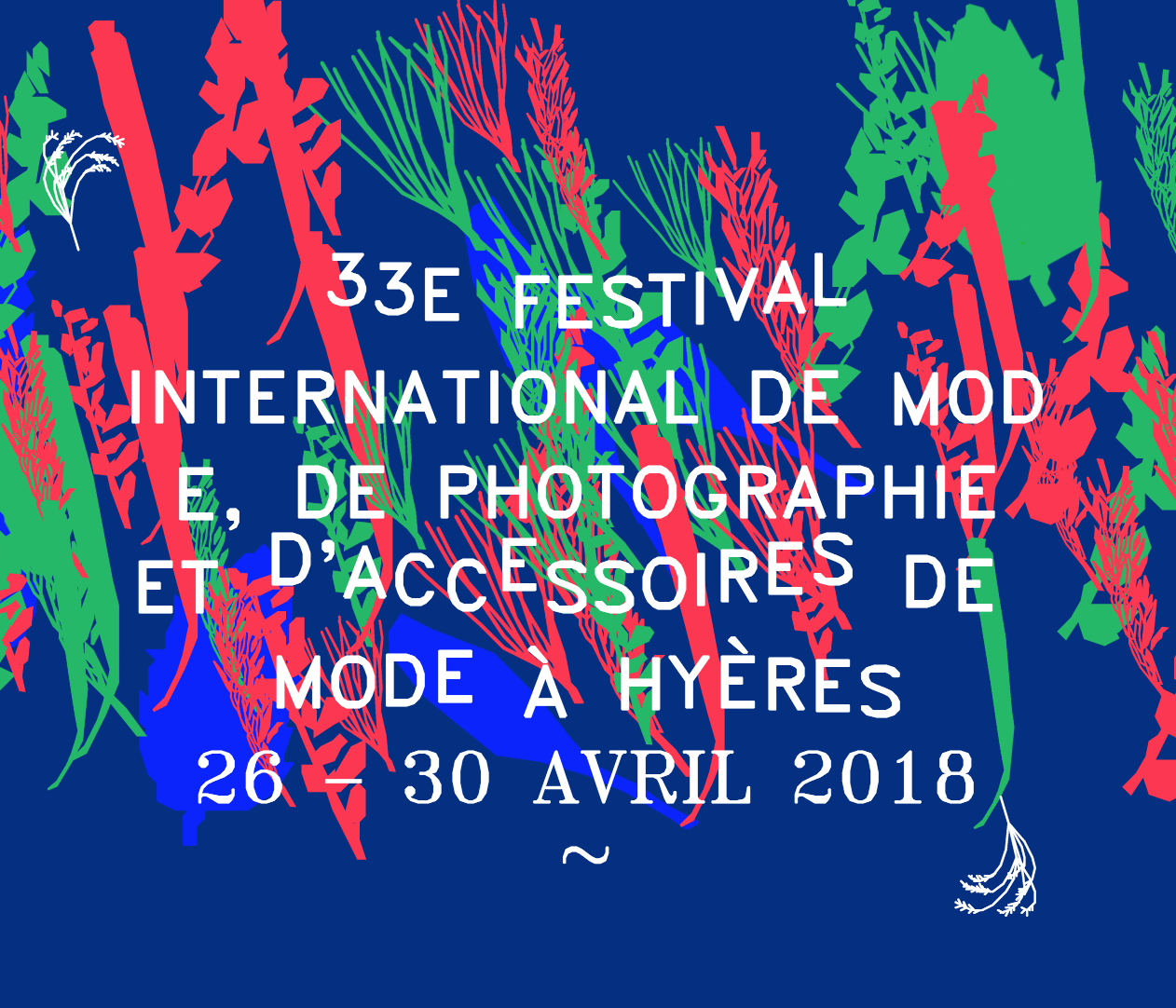
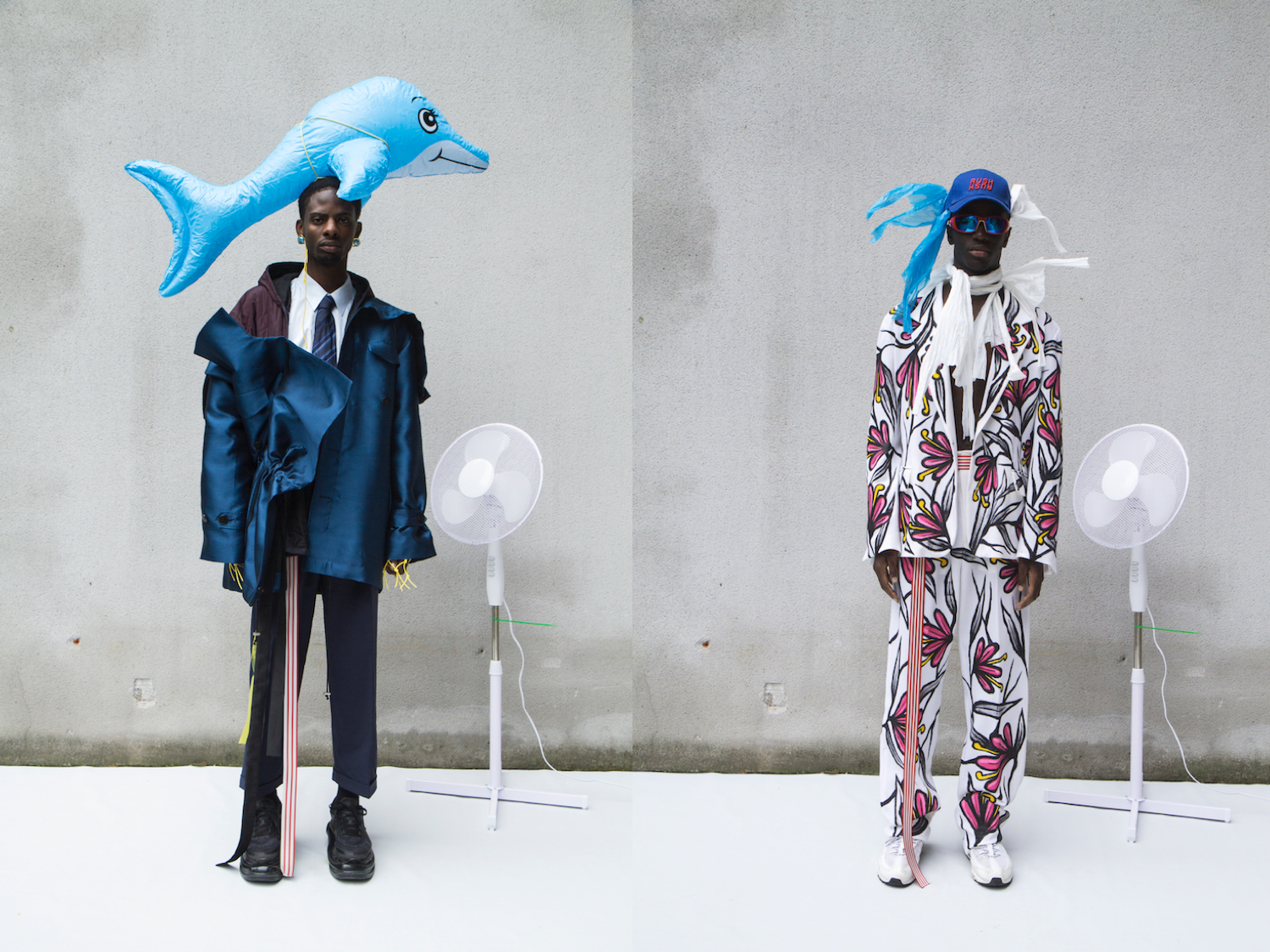


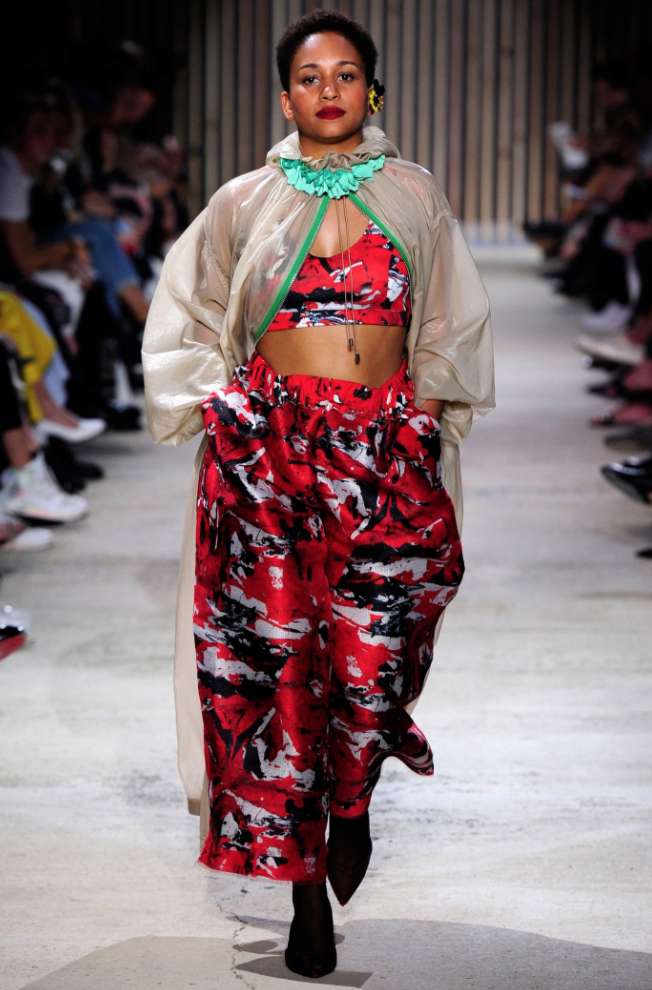
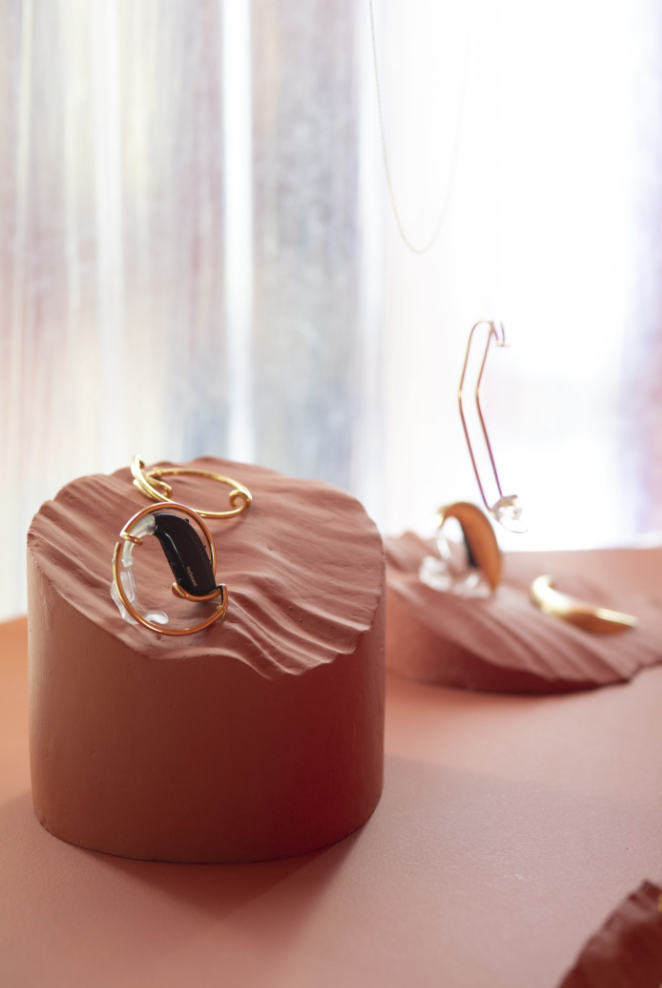

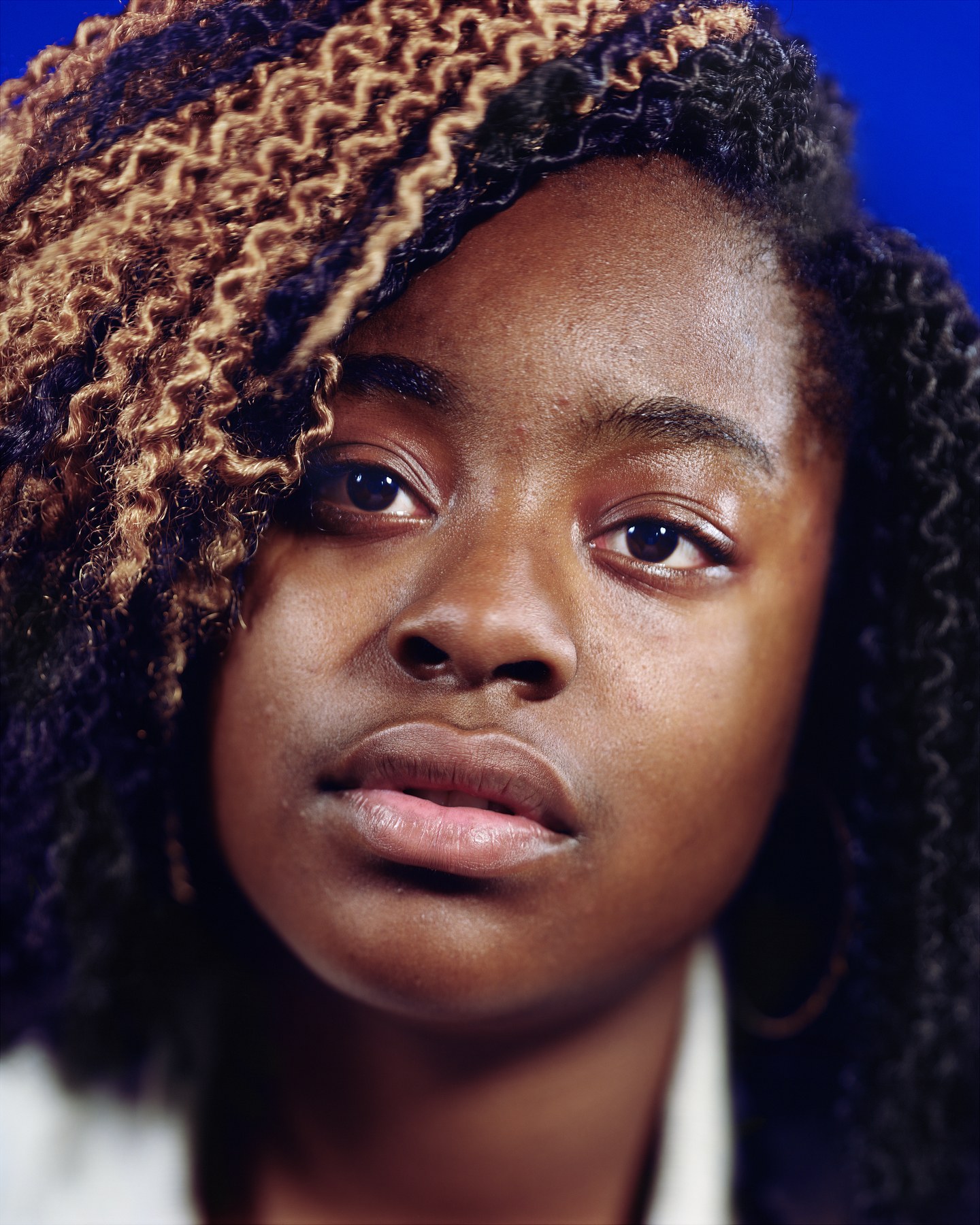
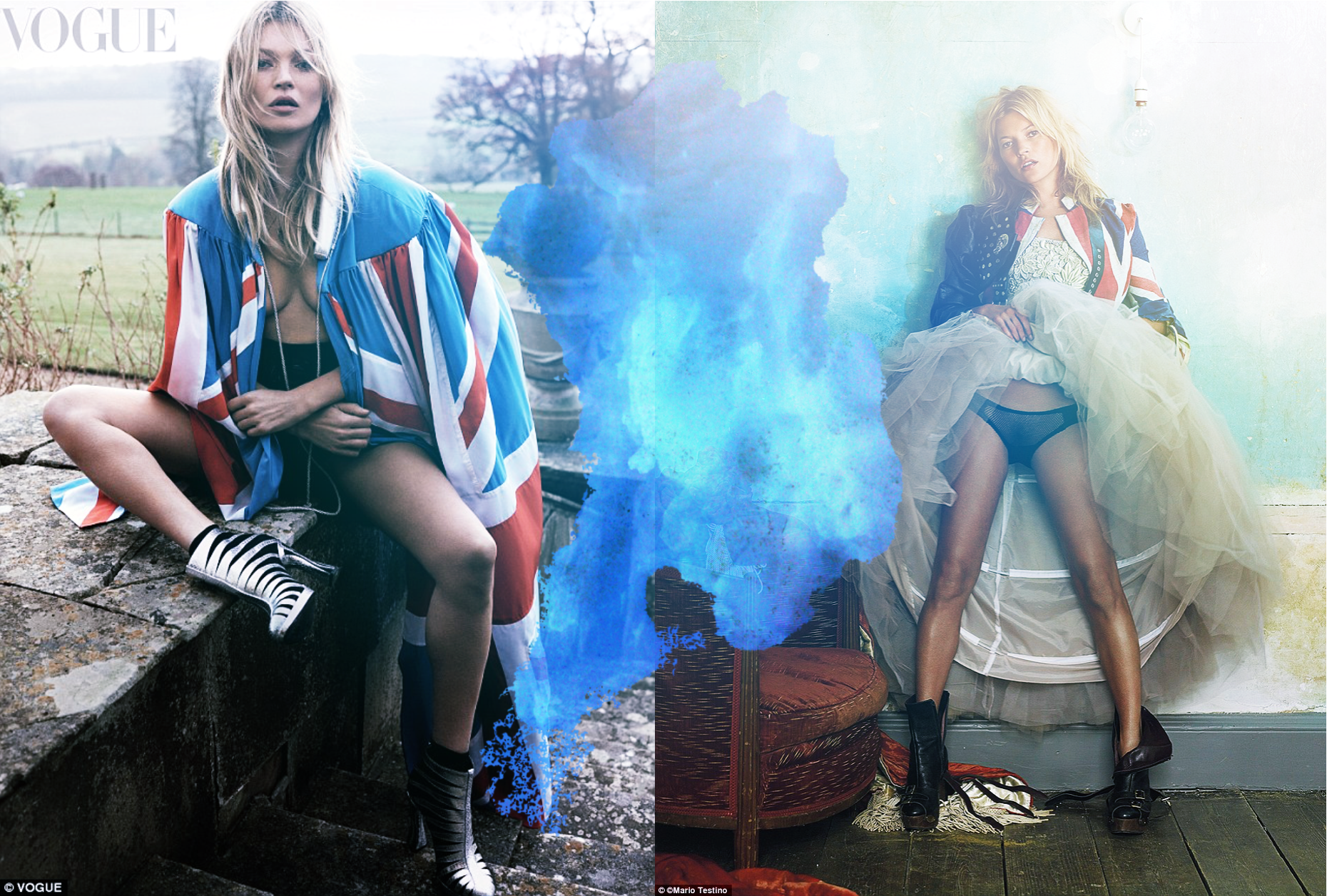

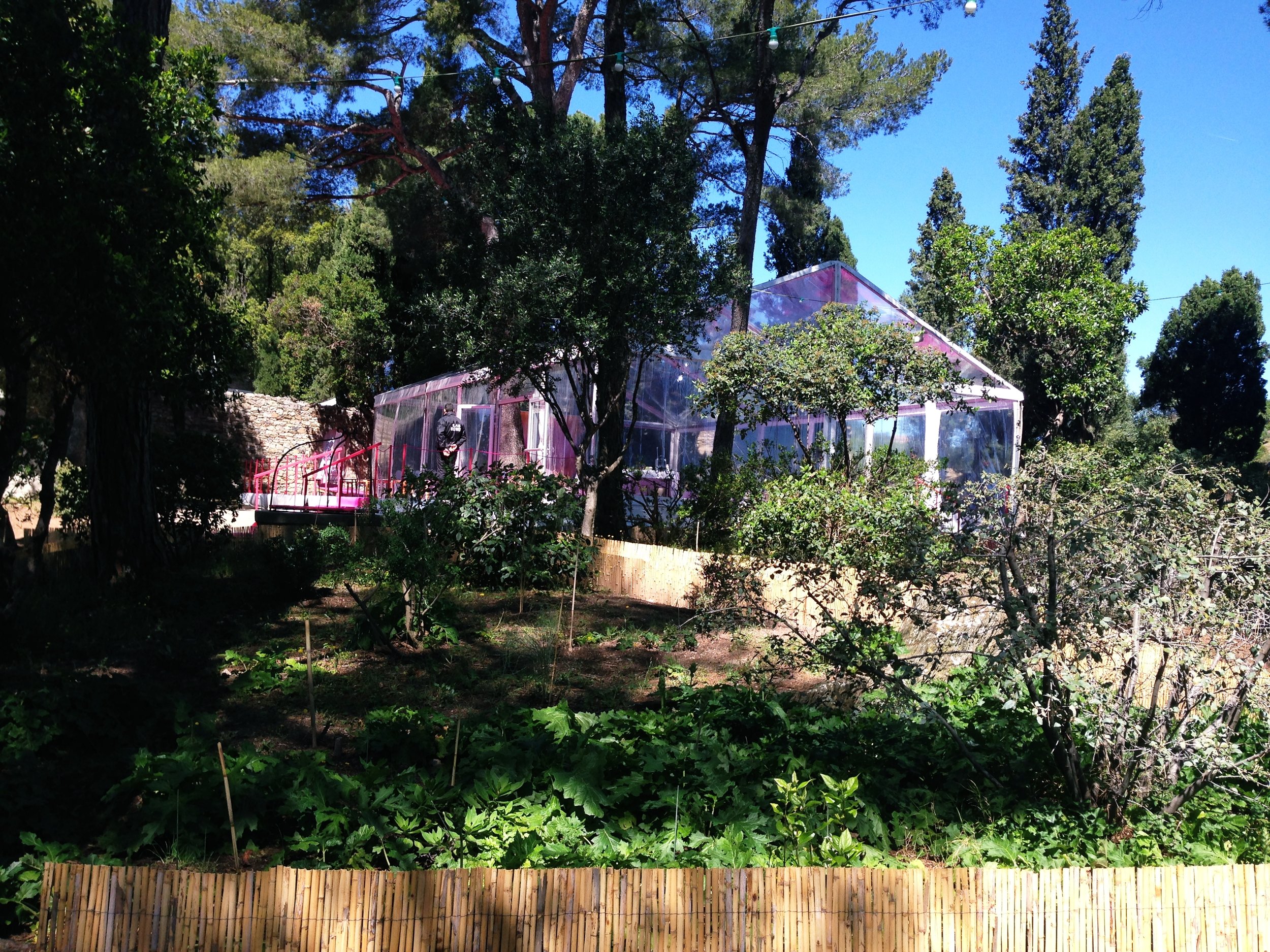
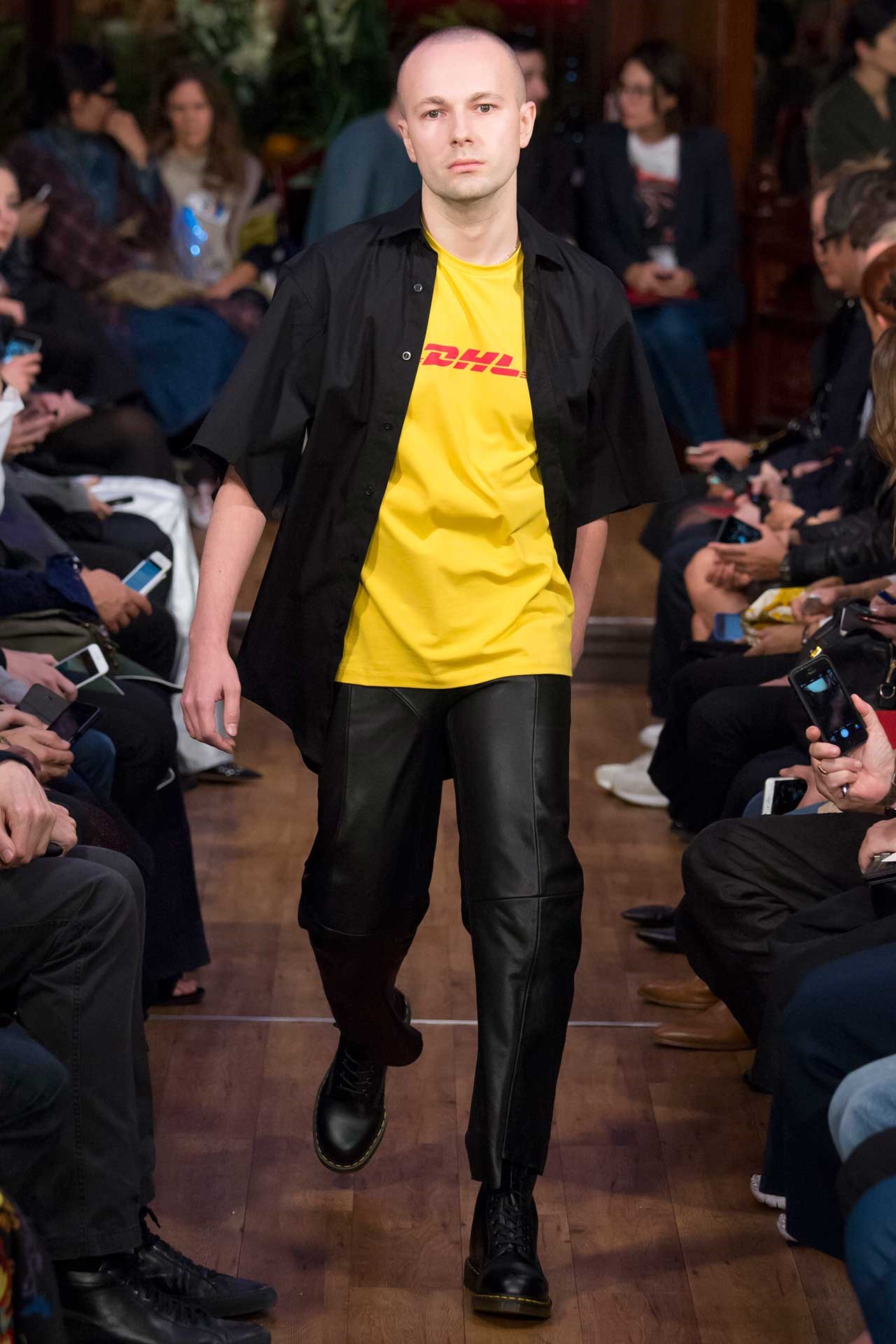
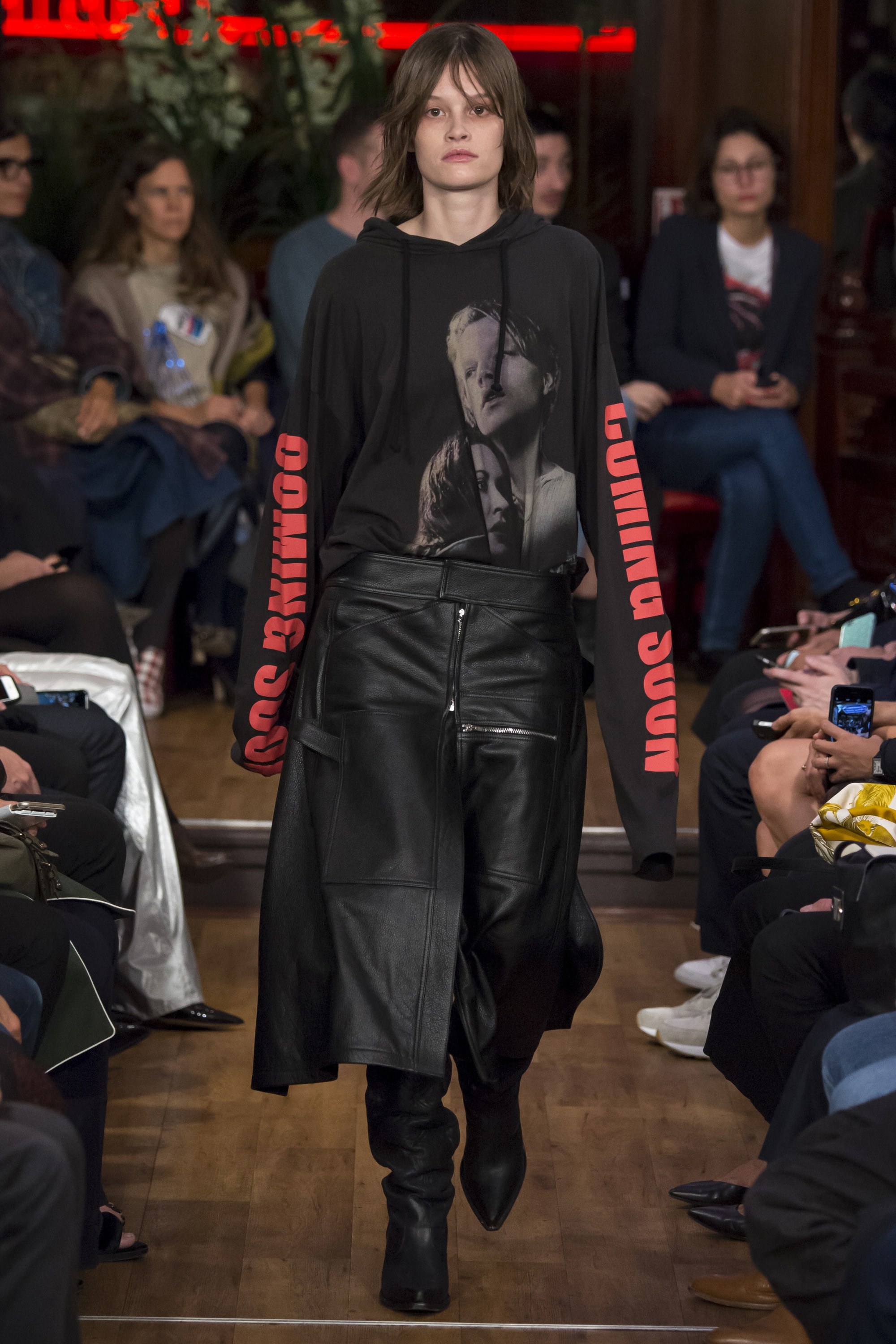

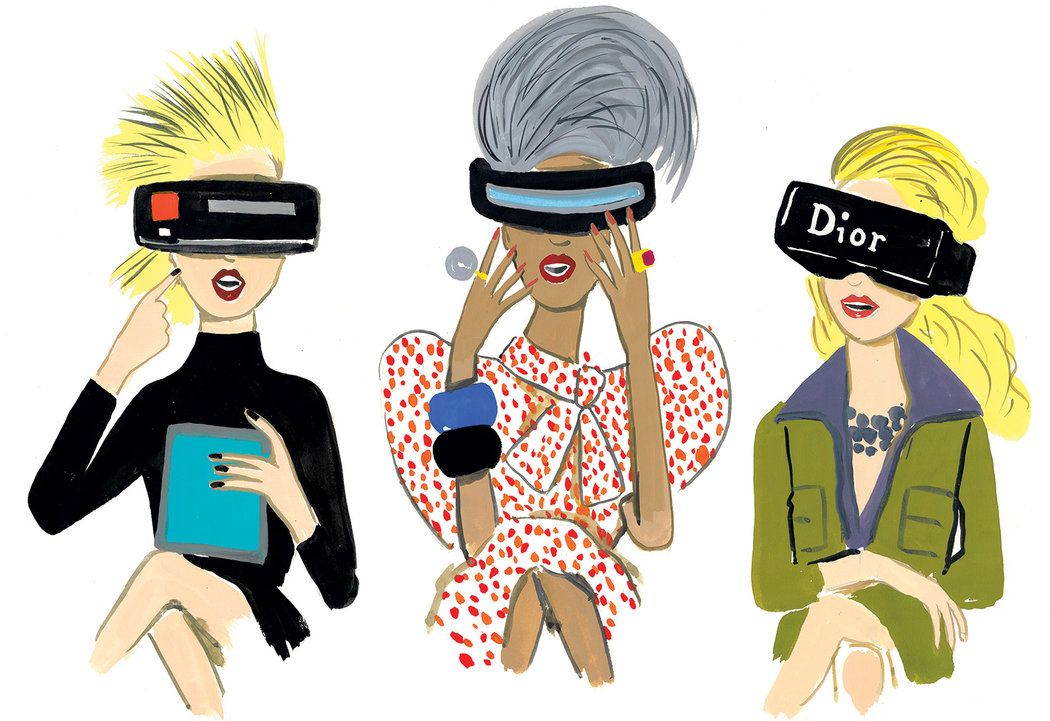
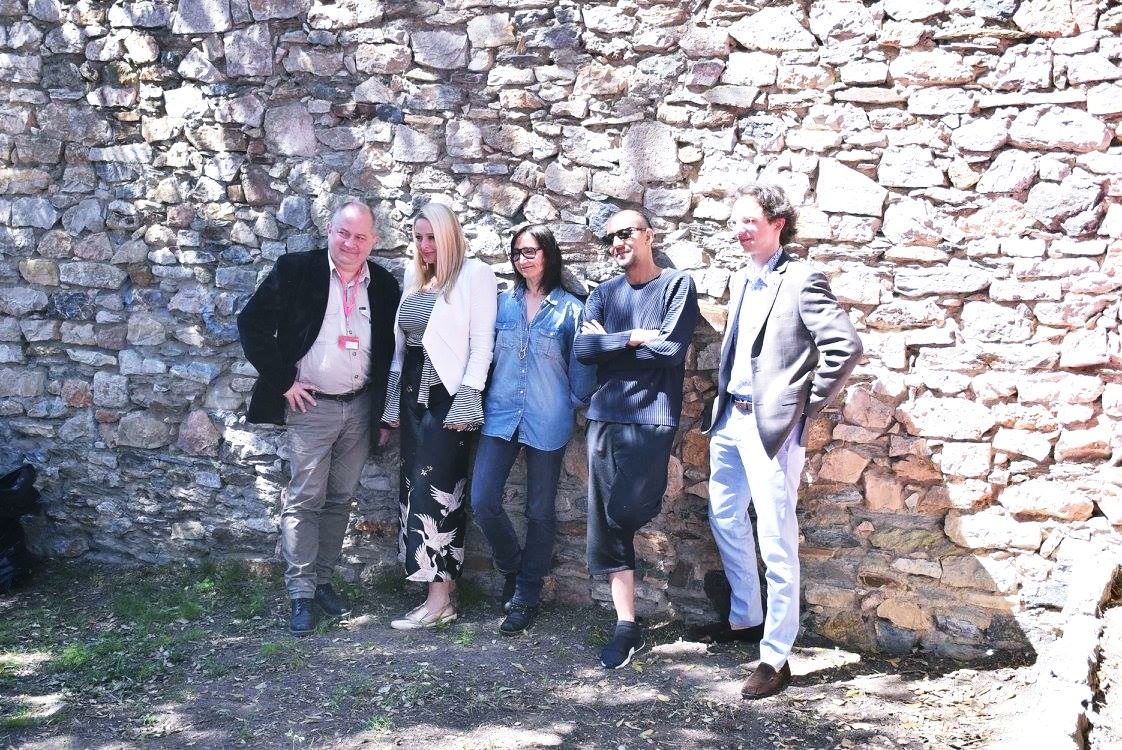
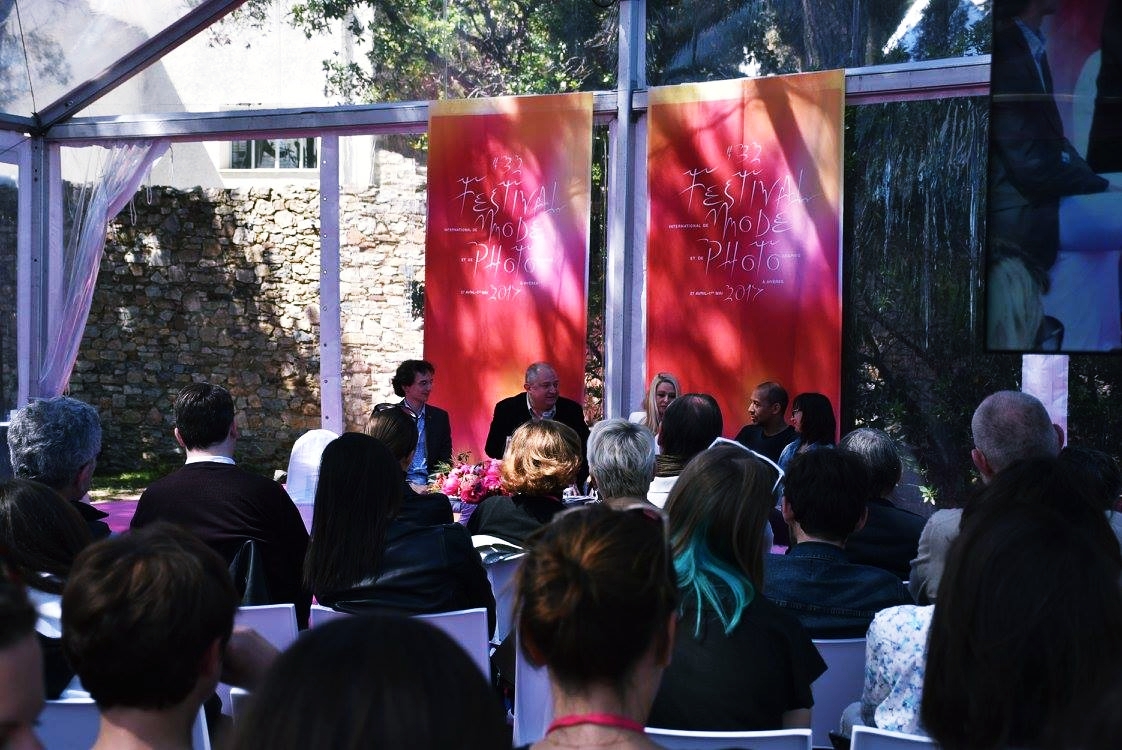
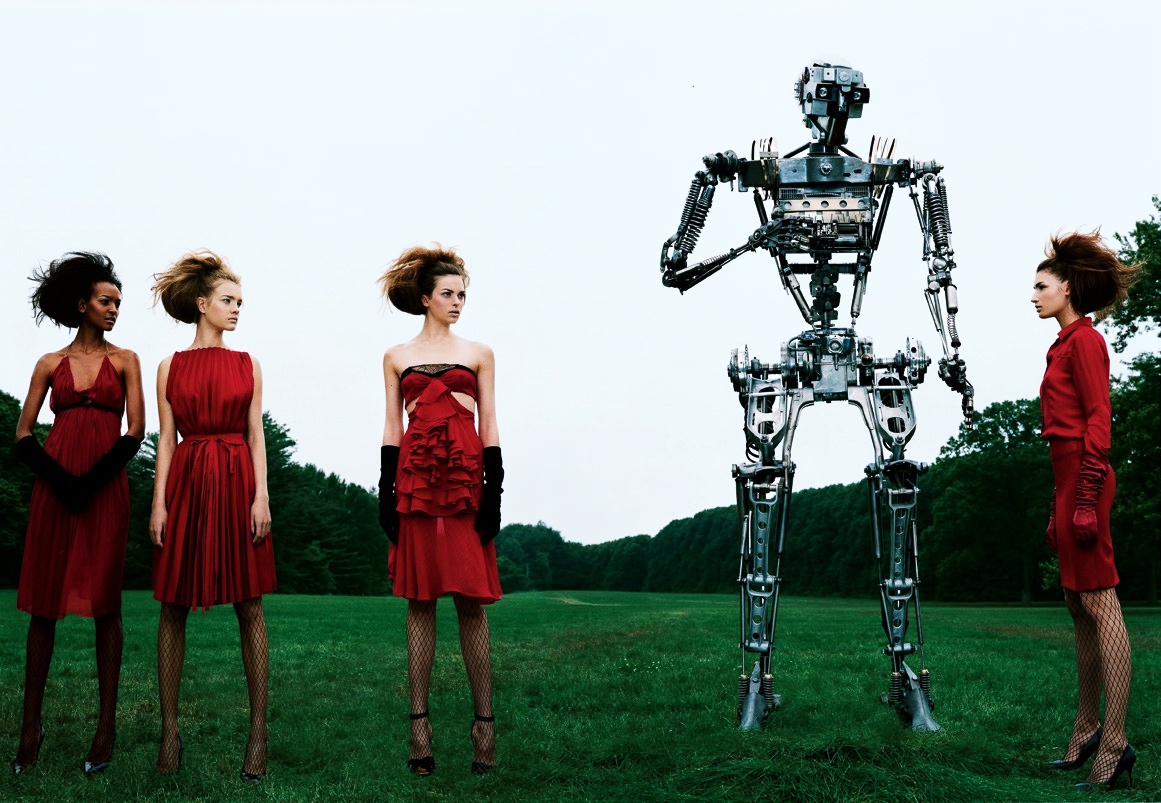
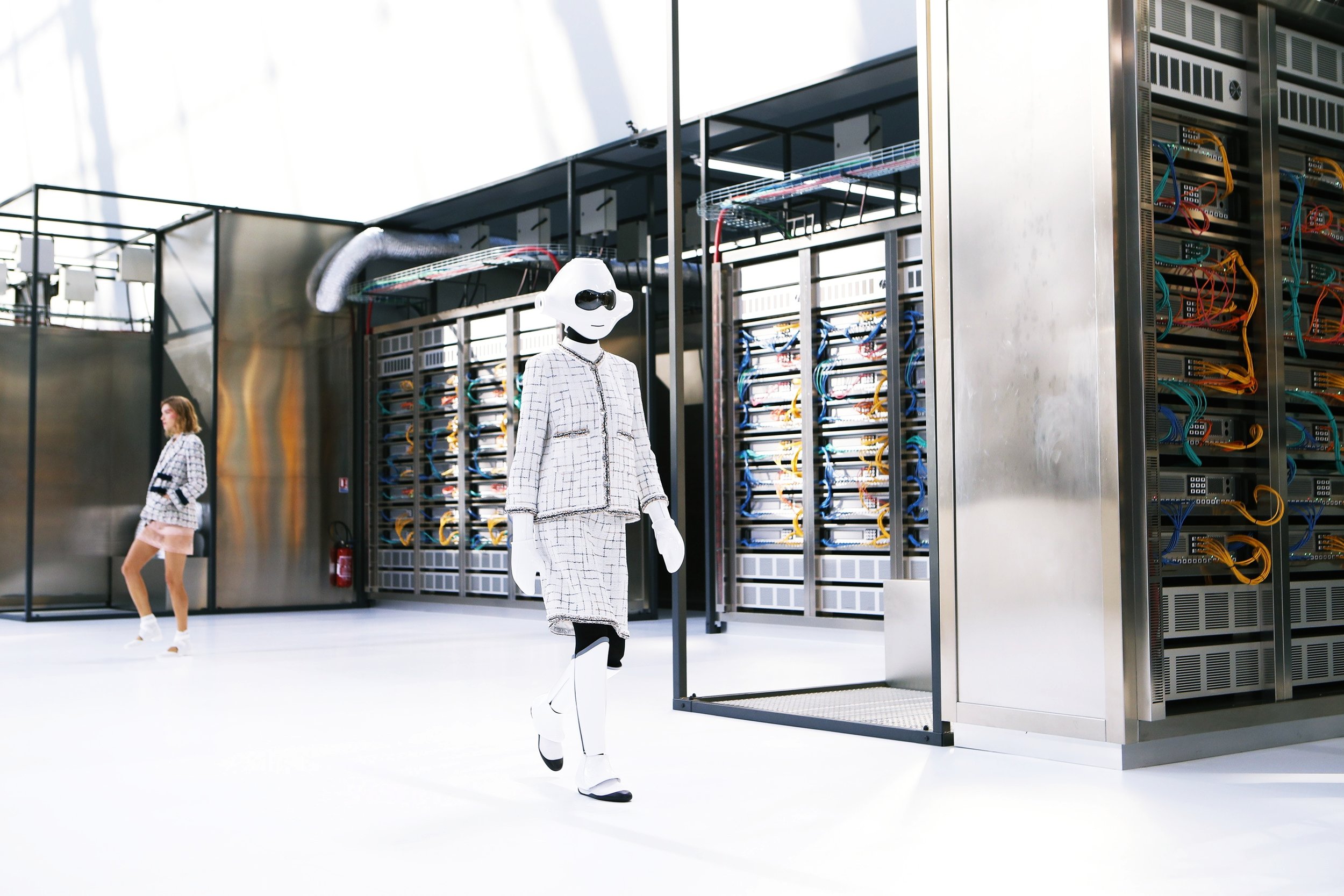
























 [embed]https://www.instagram.com/p/BTm2hWSjEhp/?taken-by=wataru_tominaga[/embed]
[embed]https://www.instagram.com/p/BTm2hWSjEhp/?taken-by=wataru_tominaga[/embed]






 *Photos by Lucy Staartjes and author's own
*Photos by Lucy Staartjes and author's own